



I woke to autumnal stillness.
Last evening rain turned into snow. The rifugio slept fifteen guests and I was the last to arrive.
A neat row of plates lined the island in the small kitchen. The ground floor was one big room with four small guest tables on one side and a long table for the house staff on the other.
‘Welcome – you must be Yun.’ The hut manager Steffie welcomed me in. ‘Dinner will be served in fifteen minutes. There is only one sleeping room and you can use the ladder to get up.’
Emerging from the manhole I found guests’ backpacks neatly hung on the wall. The one remaining bed was too short even for my modest frame. Gusts of wind rammed the windows and rain struck a muted note in dimming light.
Downstairs there was a low humming of conversations and a small pot belly stove heated the room. A steaming bowl of vegetable soup was served followed by venison stew with bacon dumplings, apple crumble pie all supplemented by a generous salad bar. The Rogger family have operated Rifugio Pian di Cengia since 1979 and take pride in serving the best Tyrolean food despite limitations of doing everything off-grid.
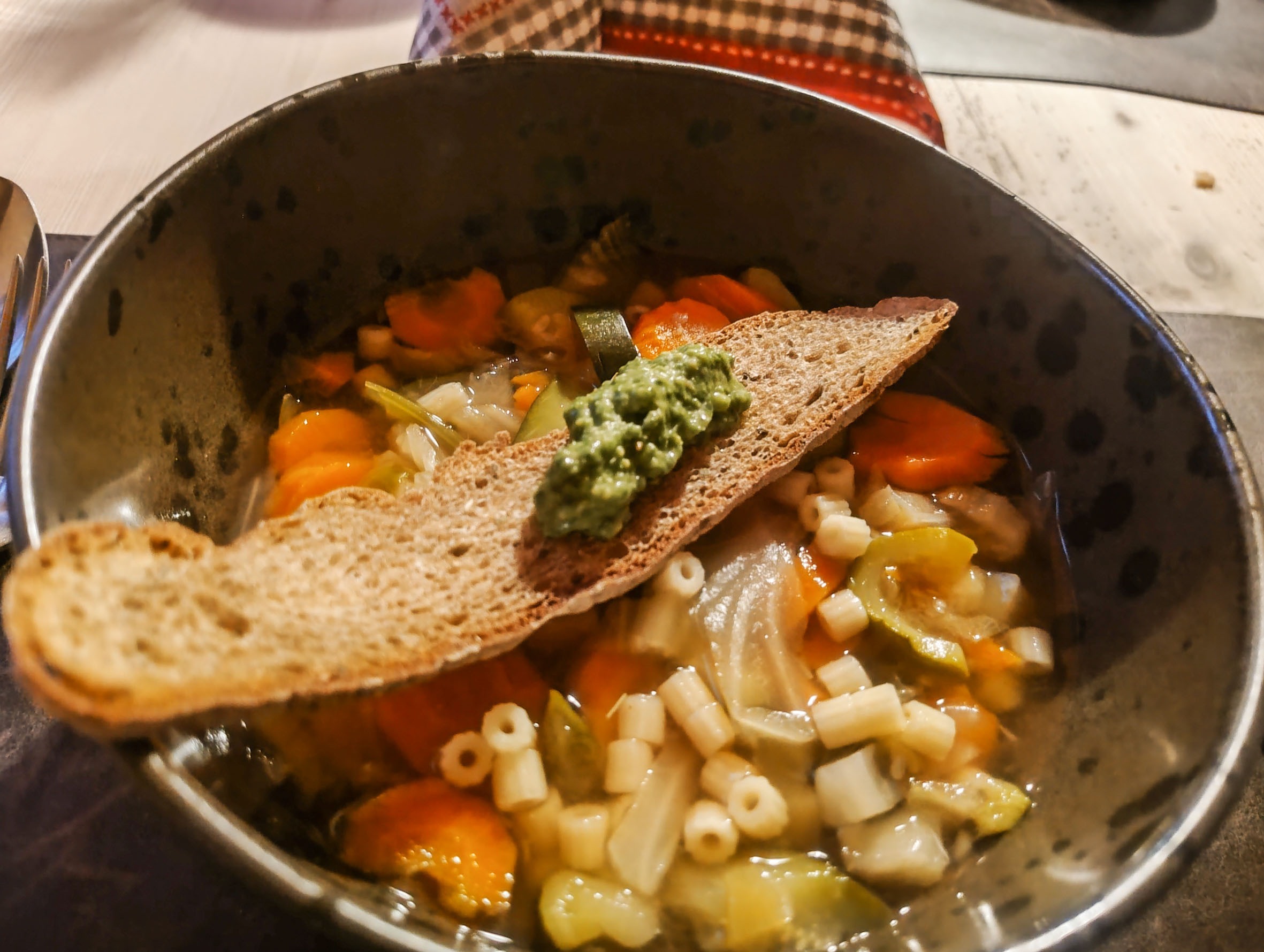
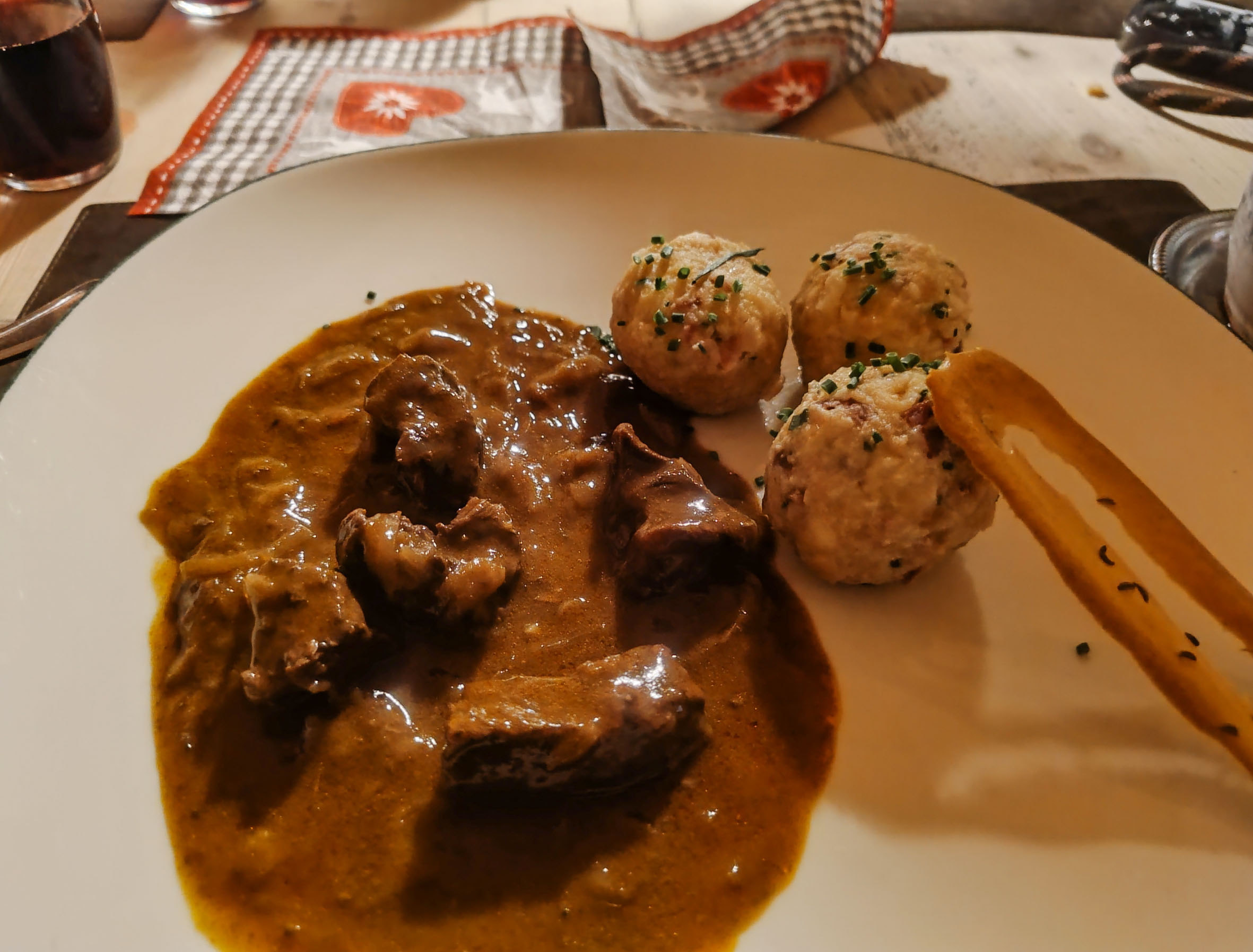
I visited the Dolomites in mid-summer seven years ago. After hiking in view of the jagged limestone peaks I left with a lingering aspiration to reach higher and more exposed places using via ferratas (literally ‘iron way’ in Italian). These routes are protected by cables bolted to the rock and many in this region are adapted from the tunnels and ladders used by the Italian and Austro-Hungarian armies in a bitterly cold battleground during WWI.
I asked Steffie whether she recommended any routes.
‘We have a friend visiting us tonight who can answer your question’.
A man sitting in the corner turned his head. ‘Hello, which region interests you?’. He spoke softly and explained he is a guide.
‘I am here for a week and am mainly in this area (Tre Cime aka 3 peaks of Lavaredo) and around Cortina.’
He paused to think. ‘I recommend Punta Anna. [near Cortina] It is only a C and is a great experience.’ C referred to a measure of difficulty using the Austrian classification from A (easy) to E (extremely hard).
‘Do you know the conditions of comparable north facing routes with less exposure to the sun?’
‘There will be ice on higher routes. We had early snow followed by warmer days and it is best to avoid them.’
I thanked the guide for his time. Not long after I retreated to sleep on a diagonal.
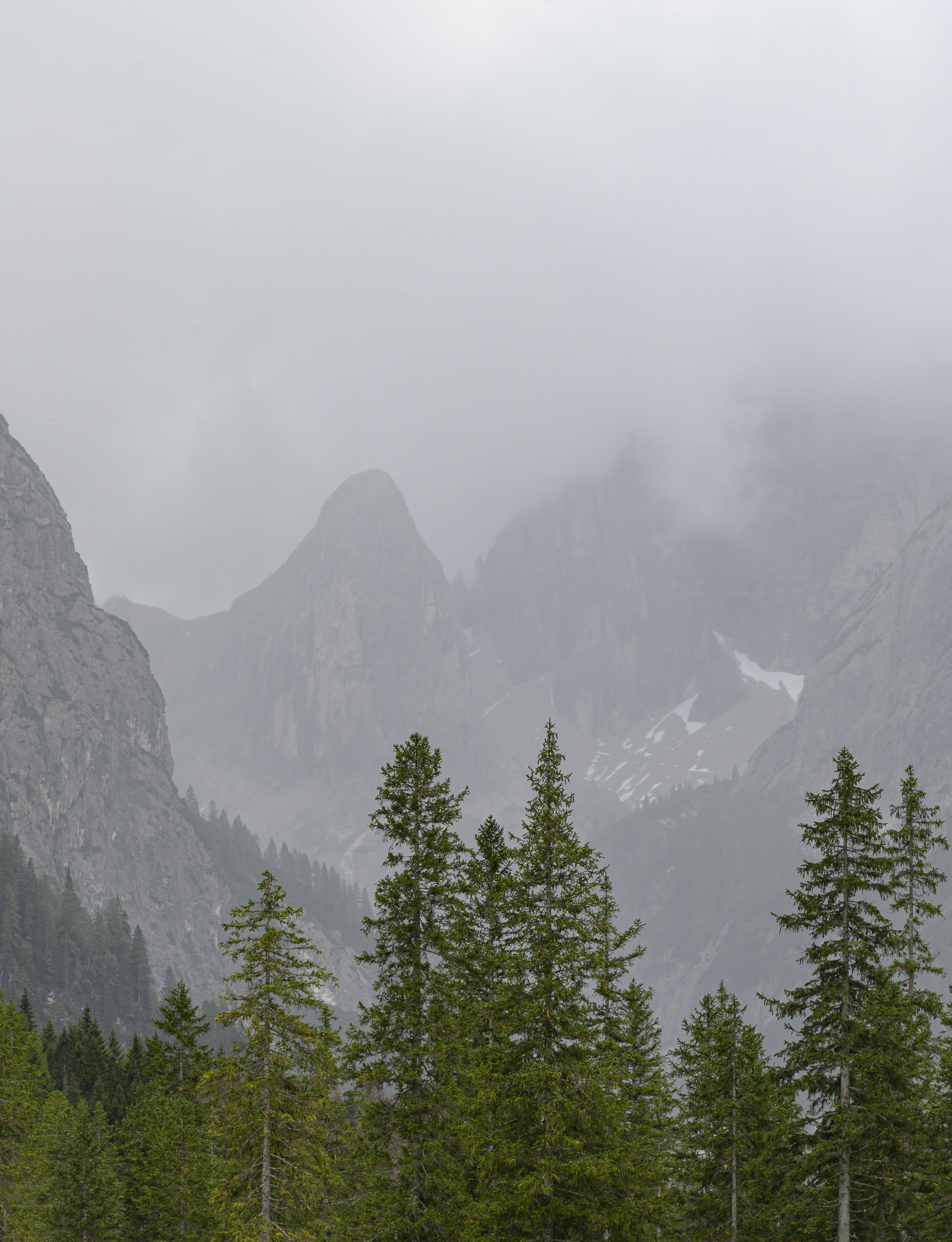
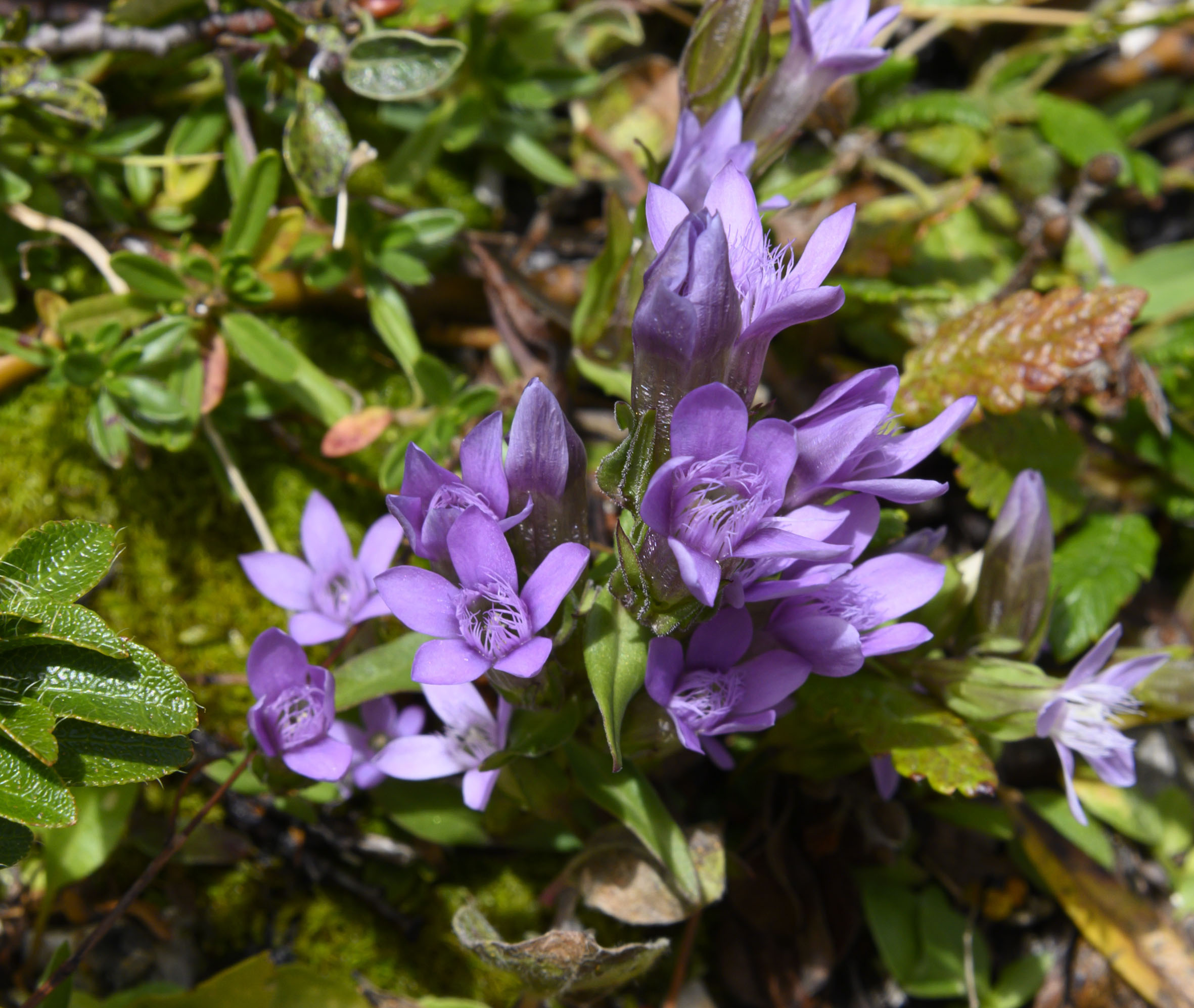
The weather this trip could not be more different to the sunny days from seven year ago. Over the next week I used short windows of dry weather to climb ferratas.
Nearby, the routes ascending Mt Paterno are perhaps the most famous for their accessibility and envious views of Tre Cime. It is hard to imagine this as the site of a two-year stalemate in the White War, named for the high altitude and harsh winters endured by troops on both sides between 1915-18. The celebrated alpinist and innkeeper Sepp Innerkofler popularized the region and guided famous guests before war broke out.
War separated friends. During an attack on Italian positions on July 4th 1915 he was shot on the very mountain he brought guests to. Even the enemies were mortified once they knew who was killed, many of whom were local climbers themselves. Today the Innerkofler route is one of three to this summit. It uses steep wartime tunnels with occasional views of the refugio that replaced Innerkofler’s original guesthouse.
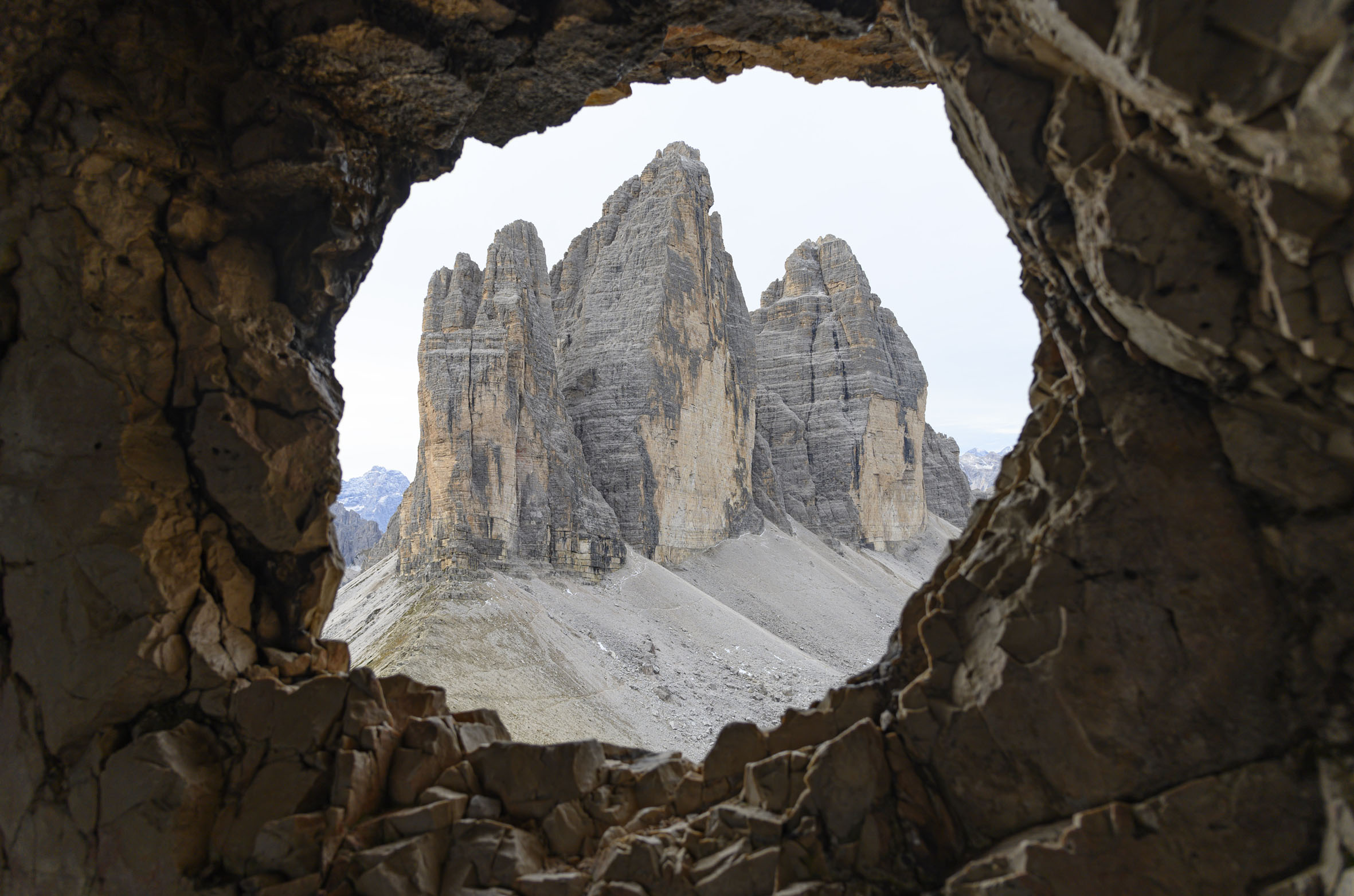

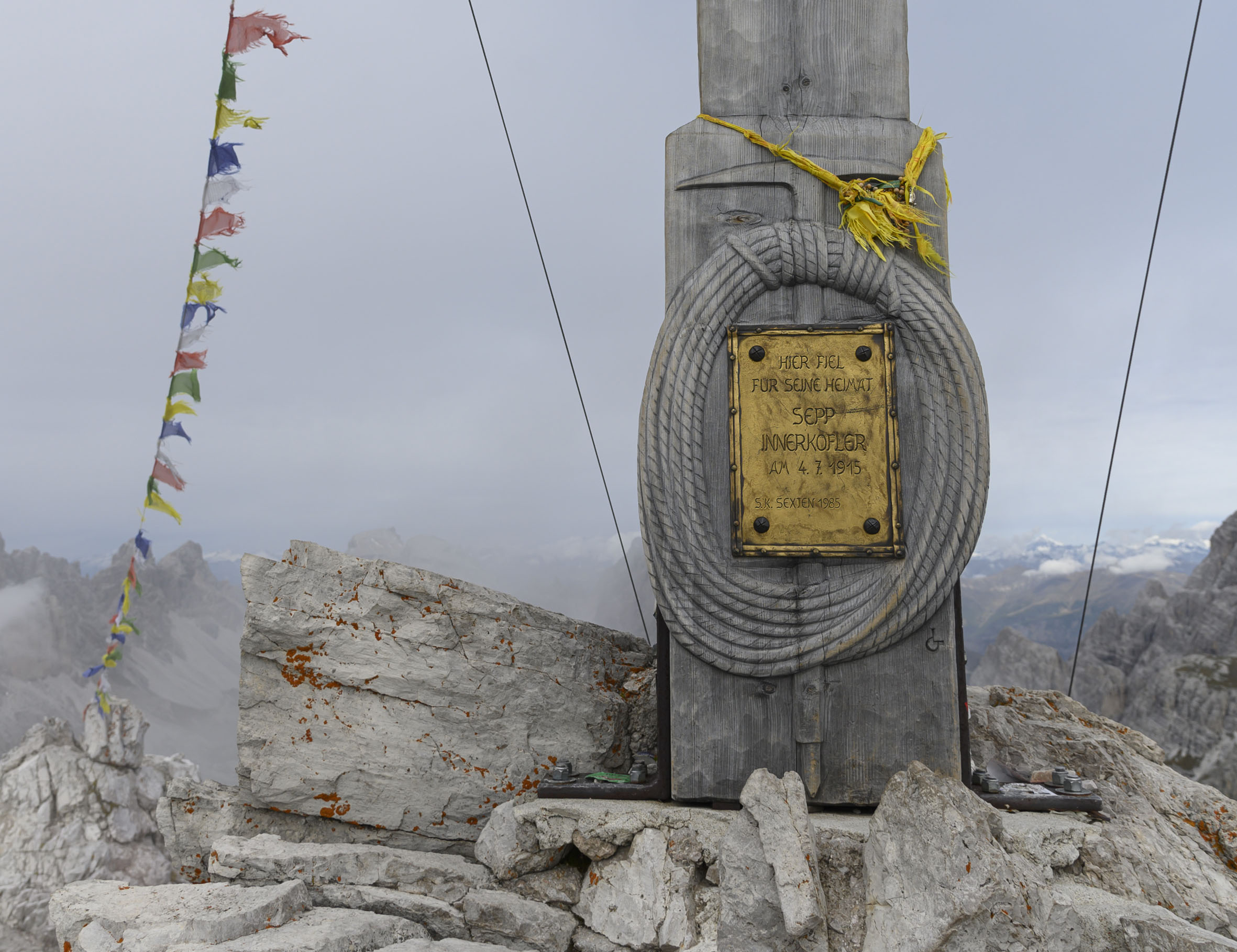

Behind the refugio in the picture above is a rocky stack called Toblin’s Tower. It was an Austrian stronghold and lookout and today a ferrata mimics the series of ladders used by the soldiers totaling about 100m in near vertical elevation gain.
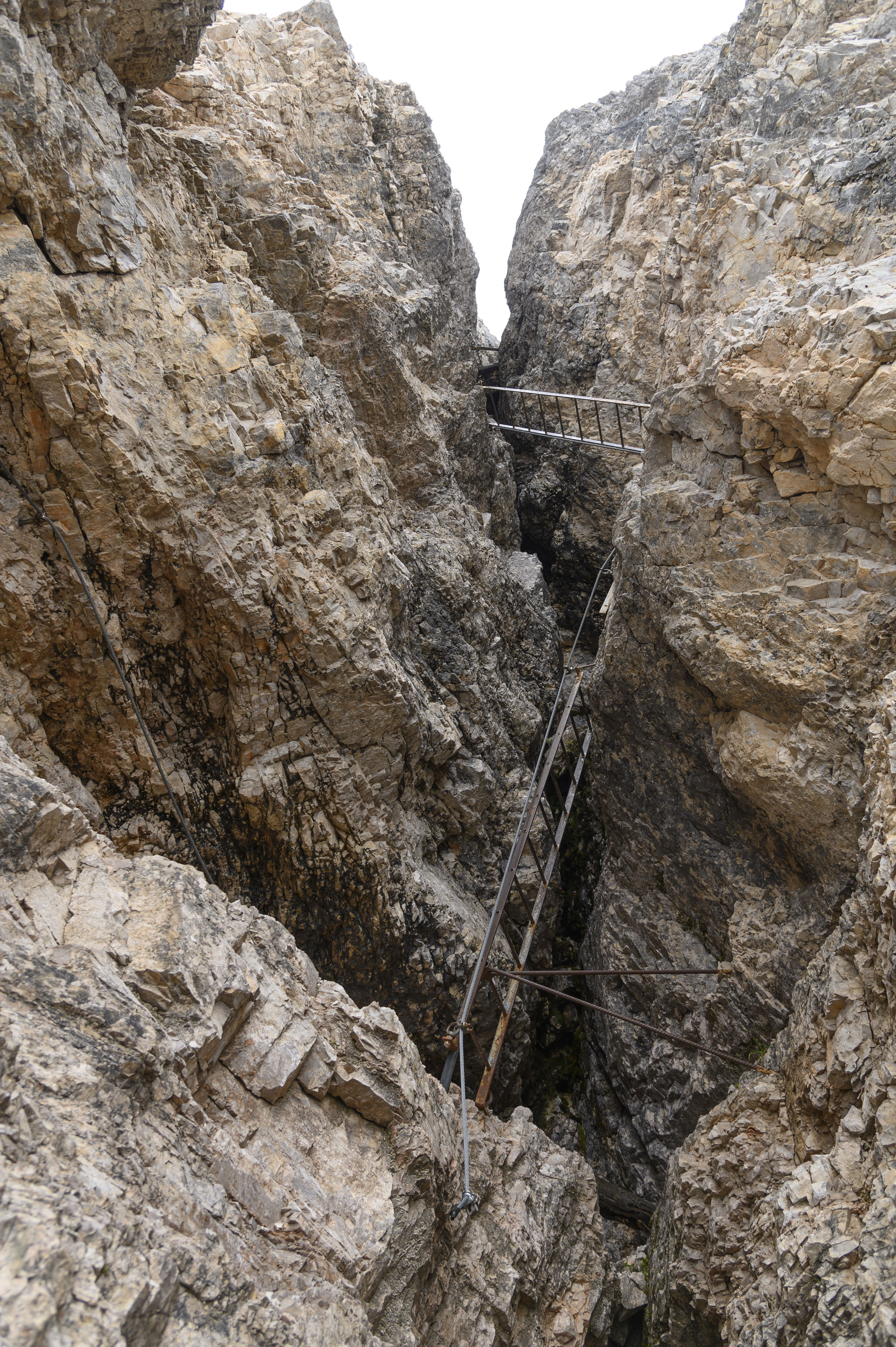
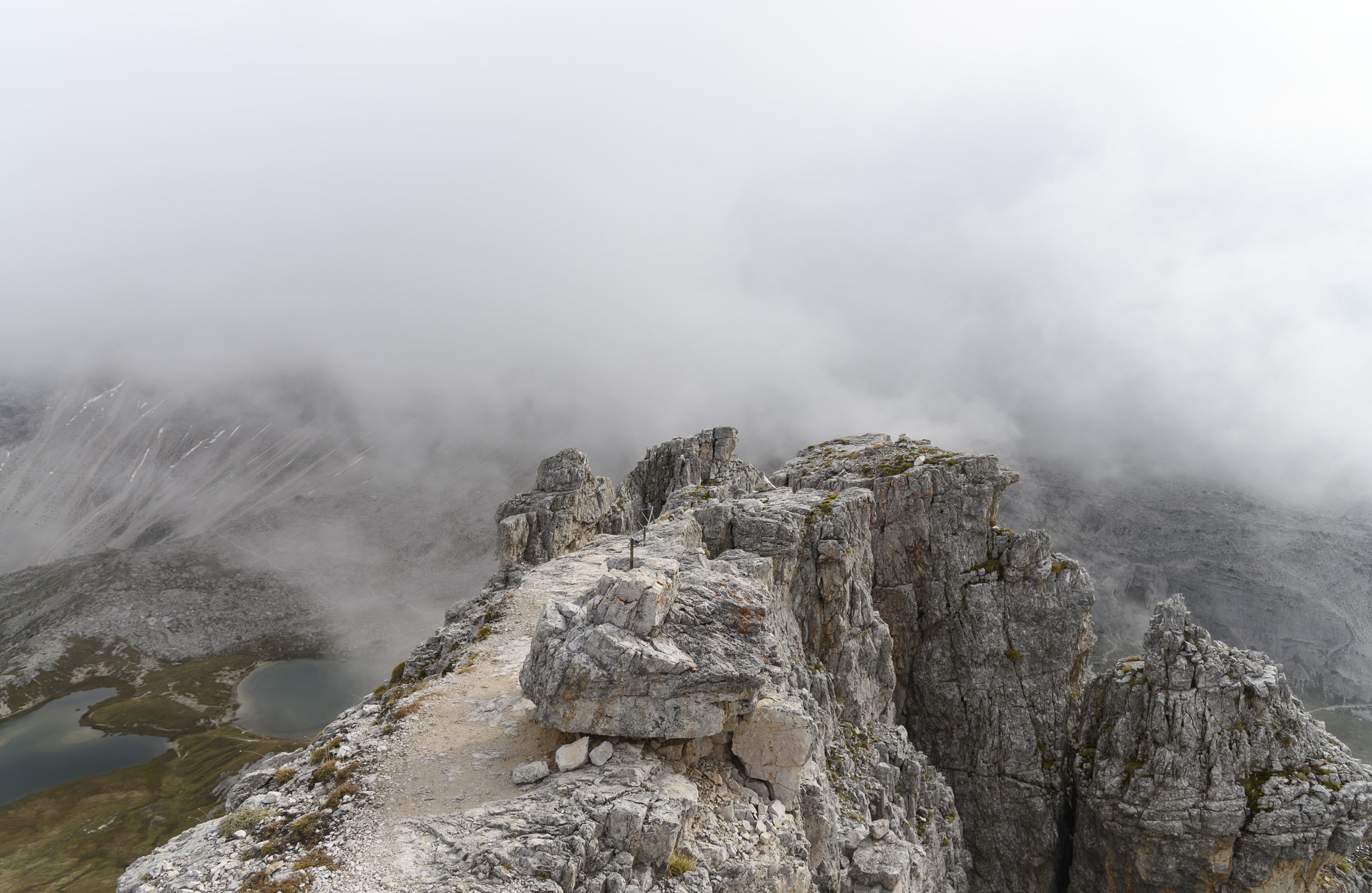

Further south, the Tofana group of peaks towers 2000 meters above the ski town of Cortina d’Ampezzo. Here I based myself at Rifugio Angelo Diablo, named after another celebrated local alpinist beneath the imposing walls of Tofana di Rozes. Like Innerkofler he also fought for the Austrians where his skills were used to lay telephone lines in places with poor access.
He survived the war and completed many audacious first ascents in the European Alps well into old age, some of which still bear his name. One example is the granite horn Aiguille Dibona in France.
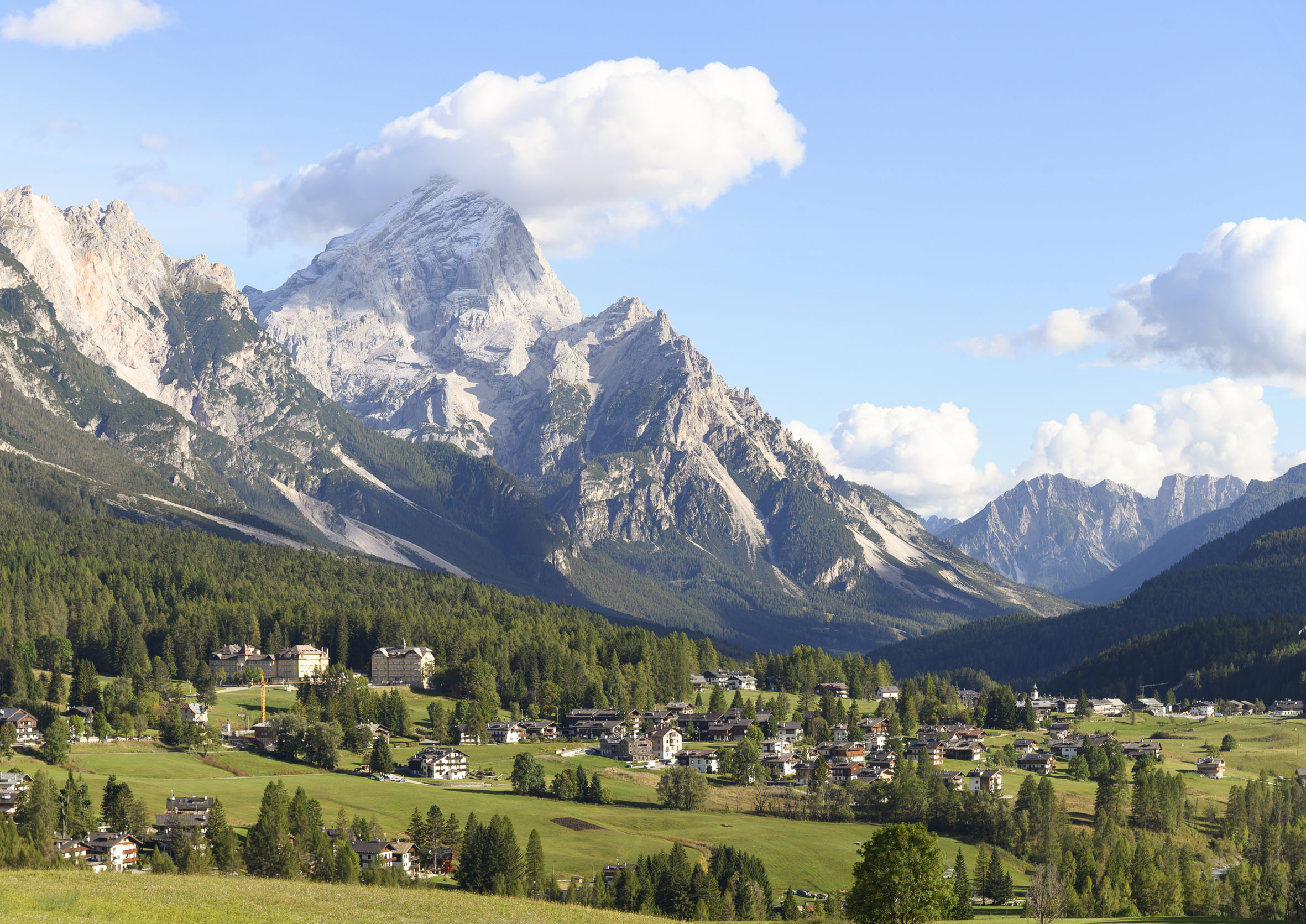
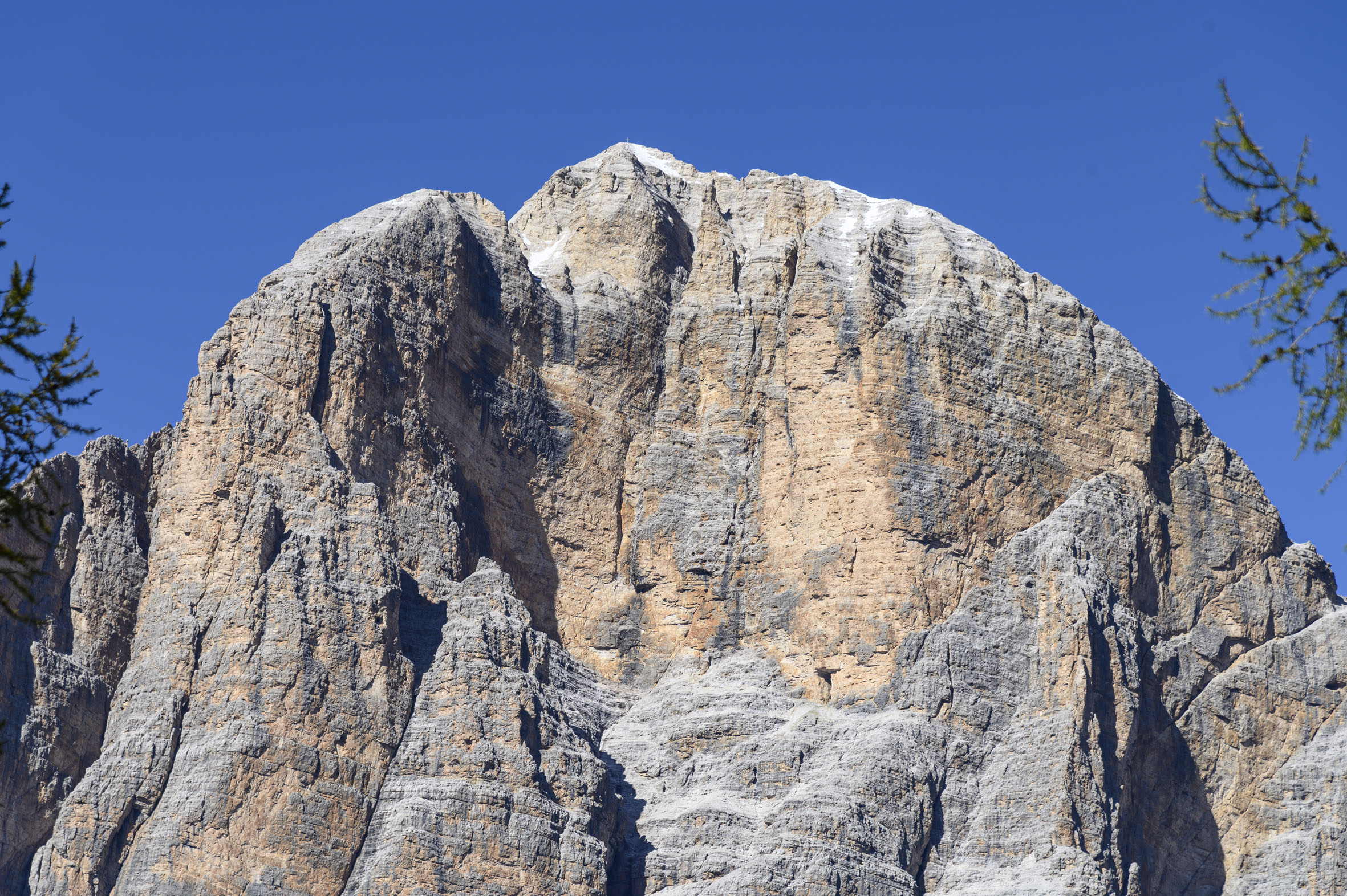
Despite clouds and mist the exposure of the Punt Anna ferrata was impressive. There were sections where I stood on a ledge seemingly hundreds of metres above ground. Another section was near vertical and climbed a near vertical ridge with what could have been expansive views.
In the distance Rifugio Giussani stood in rocky desolation. I completed the first half of the long route and with conditions deteriorating I exited by descending a long scree slope.
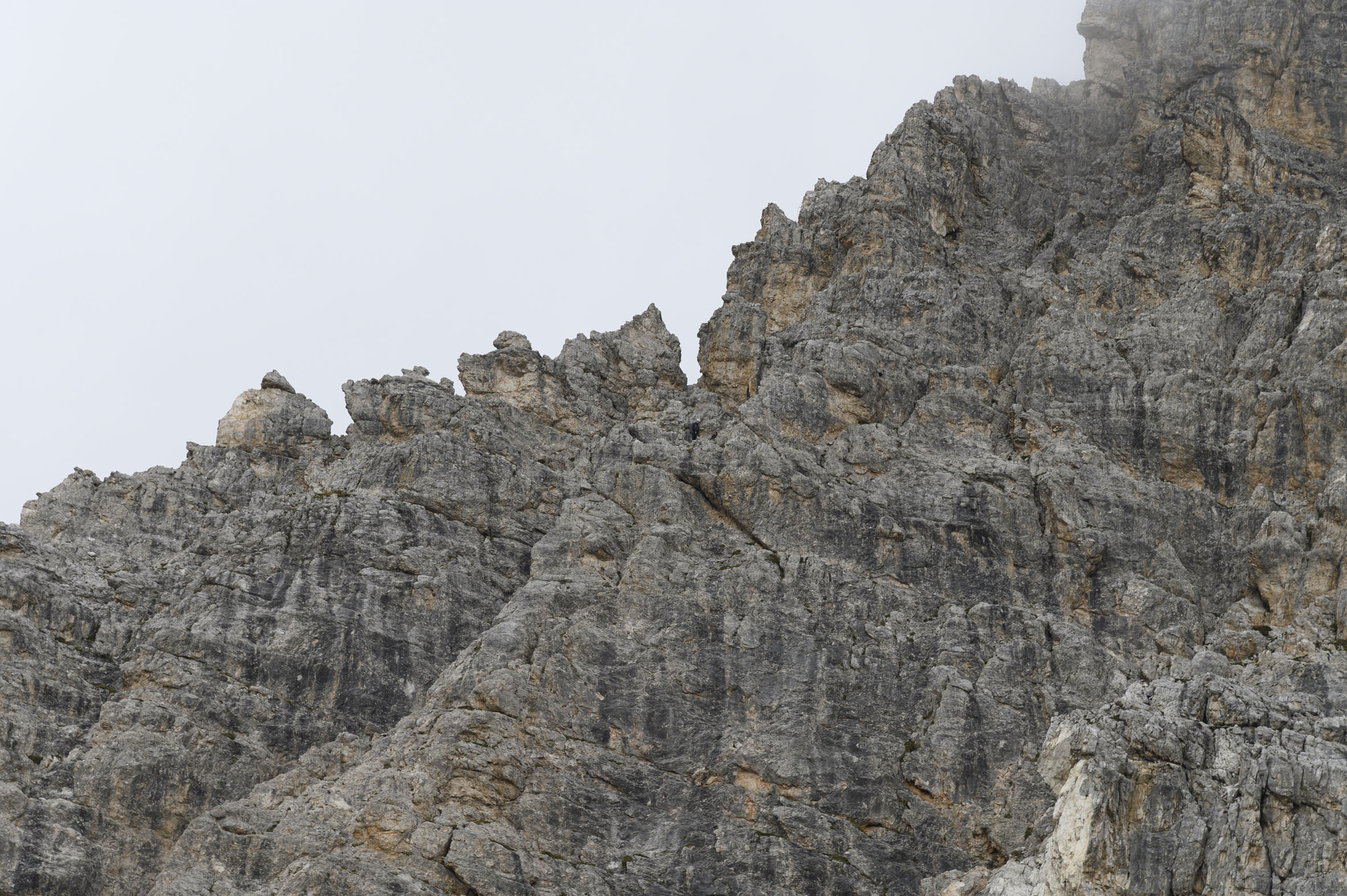
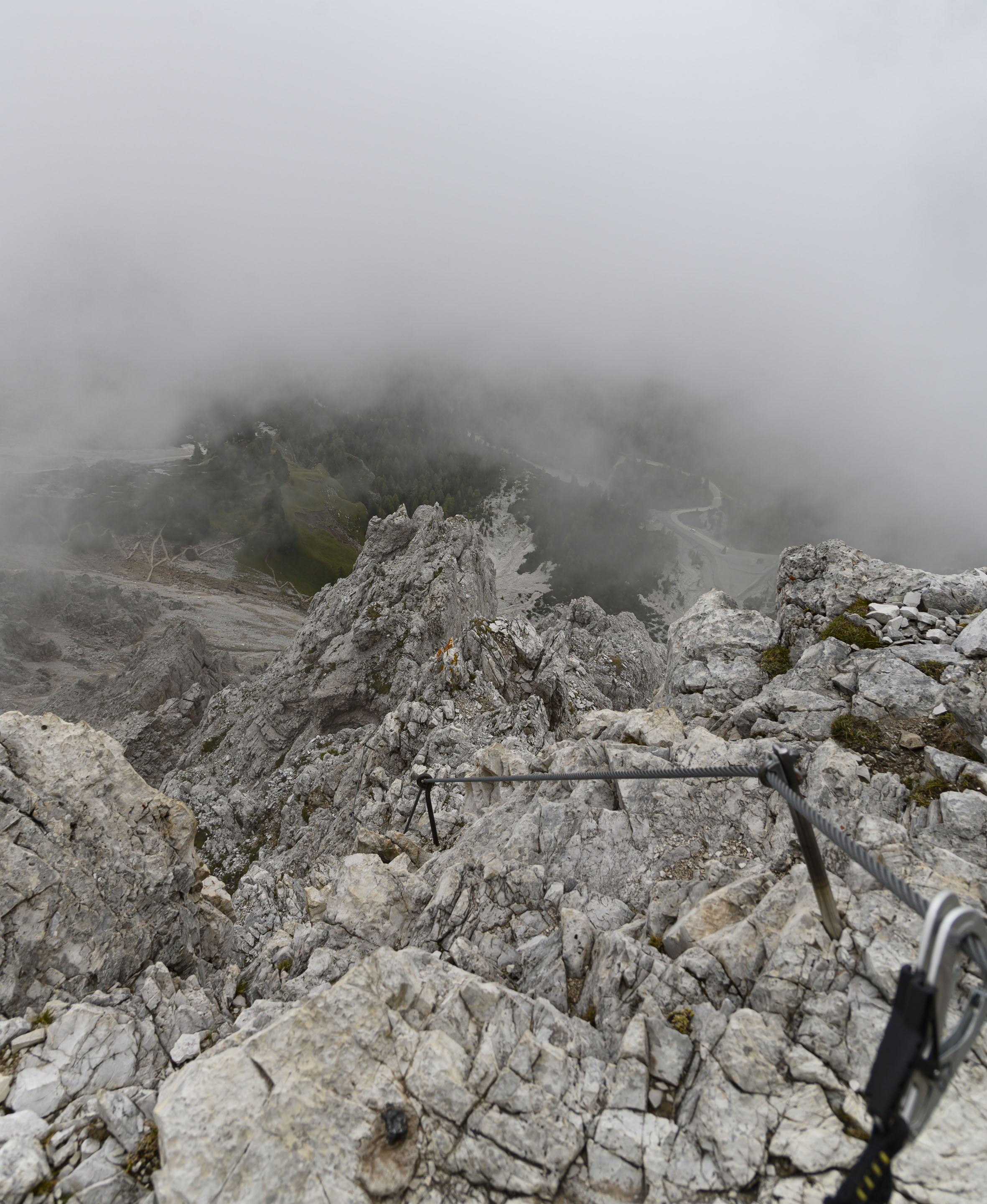
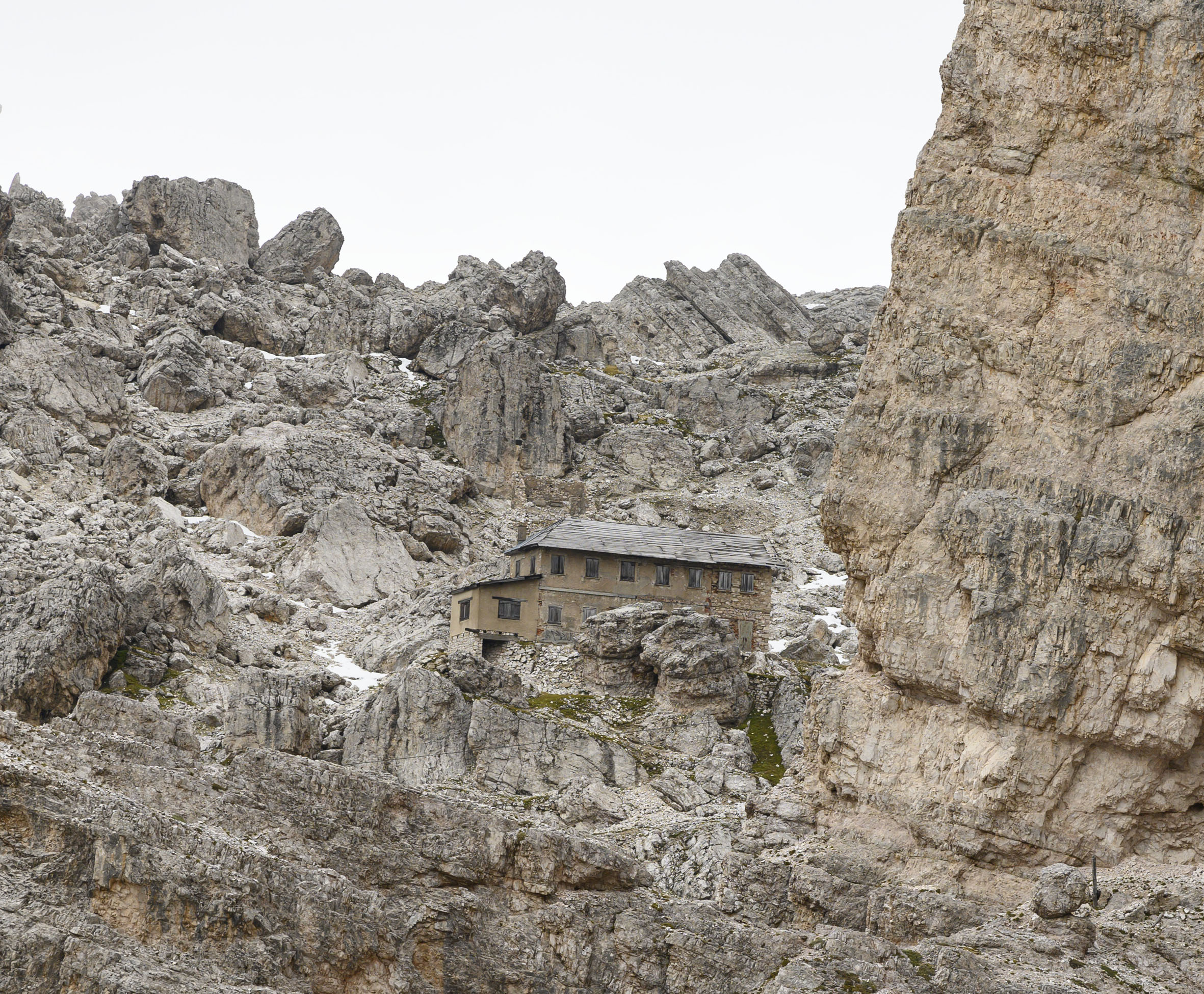
It was on a 200-meter-high outcrop on the western corner of Tofana di Rozes that the Austrian side dug their most infamous fortification in the soft and uniform limestone. Armed with snipers and machine guns, it was named the Castelleto and proved effective in pushing back the Italian advance through the narrow pass below.
The Alpini (Italian mountain infantry) invested significant resources to retake the Castelleto. First they sent specialist climbers to attack from the mountain above and when that failed they attempted to storm the entrance during heavy fog. An audacious plan was set in motion in February 1916 to tunnel below the Castelleto through a hidden entrance and destroy the fortification once and for all with over 30 tons of gelignite.
The Italian engineers were confident in their plan. King Victor Emmanuel III was invited to watch the detonation and subsequent attack. At 3:30am on July 11 1916, the explosion used so much oxygen that the troops set to attack nearby passed out and some died from the toxic fumes. Those stationed to attack from above had ropes destroyed by the explosion.
While some Austrian soldiers were killed instantly the survivors were able to retreat and regroup in an undamaged part of the Castelleto and fight off the assault with grenades and rifles. By the next day, Austrian reinforcements had arrived the stalemate continued. In the valley below, snipers hidden in hollowed out rocks continued to kill for the remainder of the war.
Today the tunnels of the Castelleto can be explored with its own ferrata. In better weather this can be joined with the impressive Lipella ferrata to climb Tofana di Rozes itself. Nearby I climbed Col dei Bois ferrata and descended the famous Lagazuoi tunnels which are considered the best preserved tunnels in the region complete with engine rooms, kitchen and medical quarters. The famous views of Rifugio Lagazuoi did not eventuate.

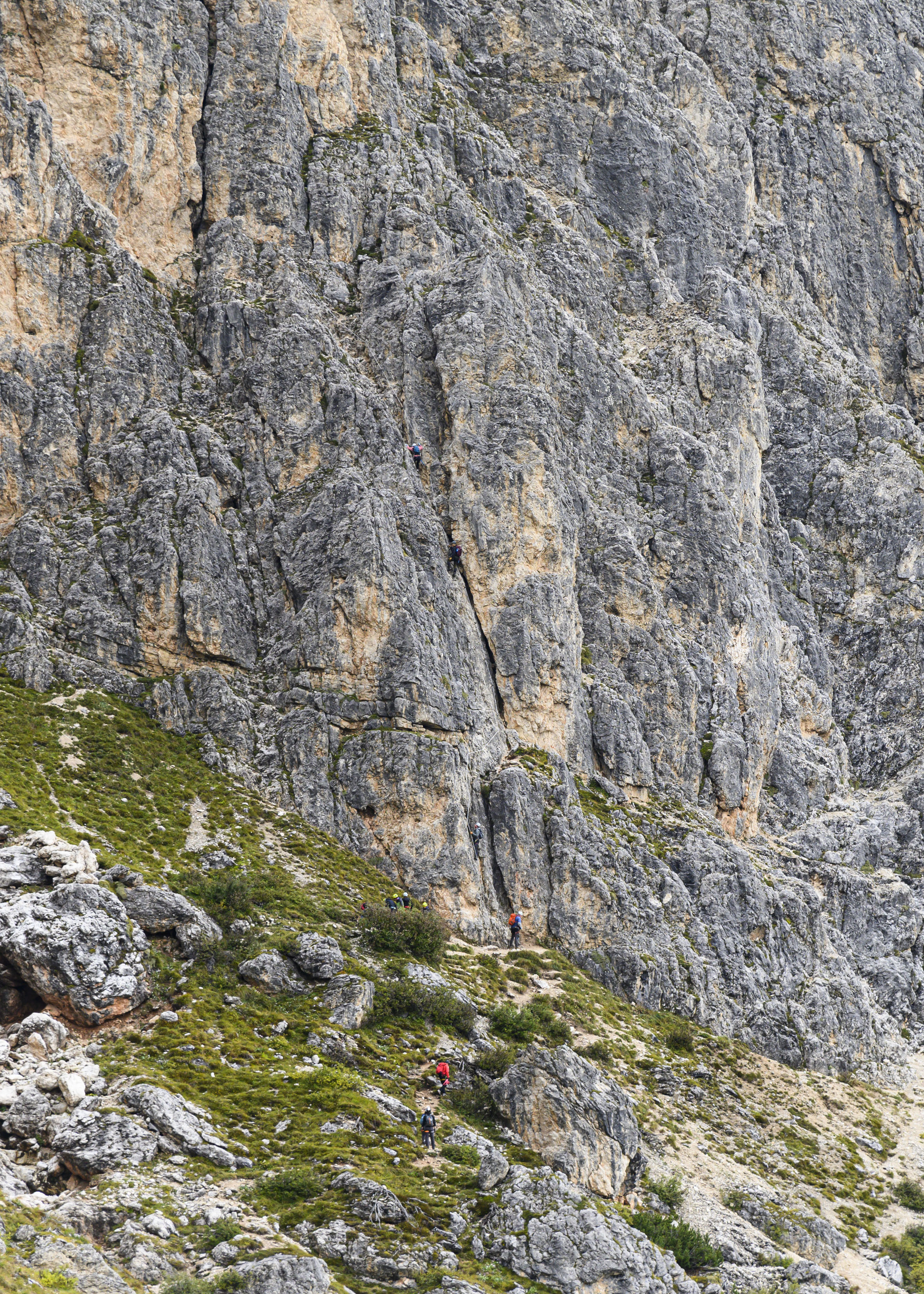
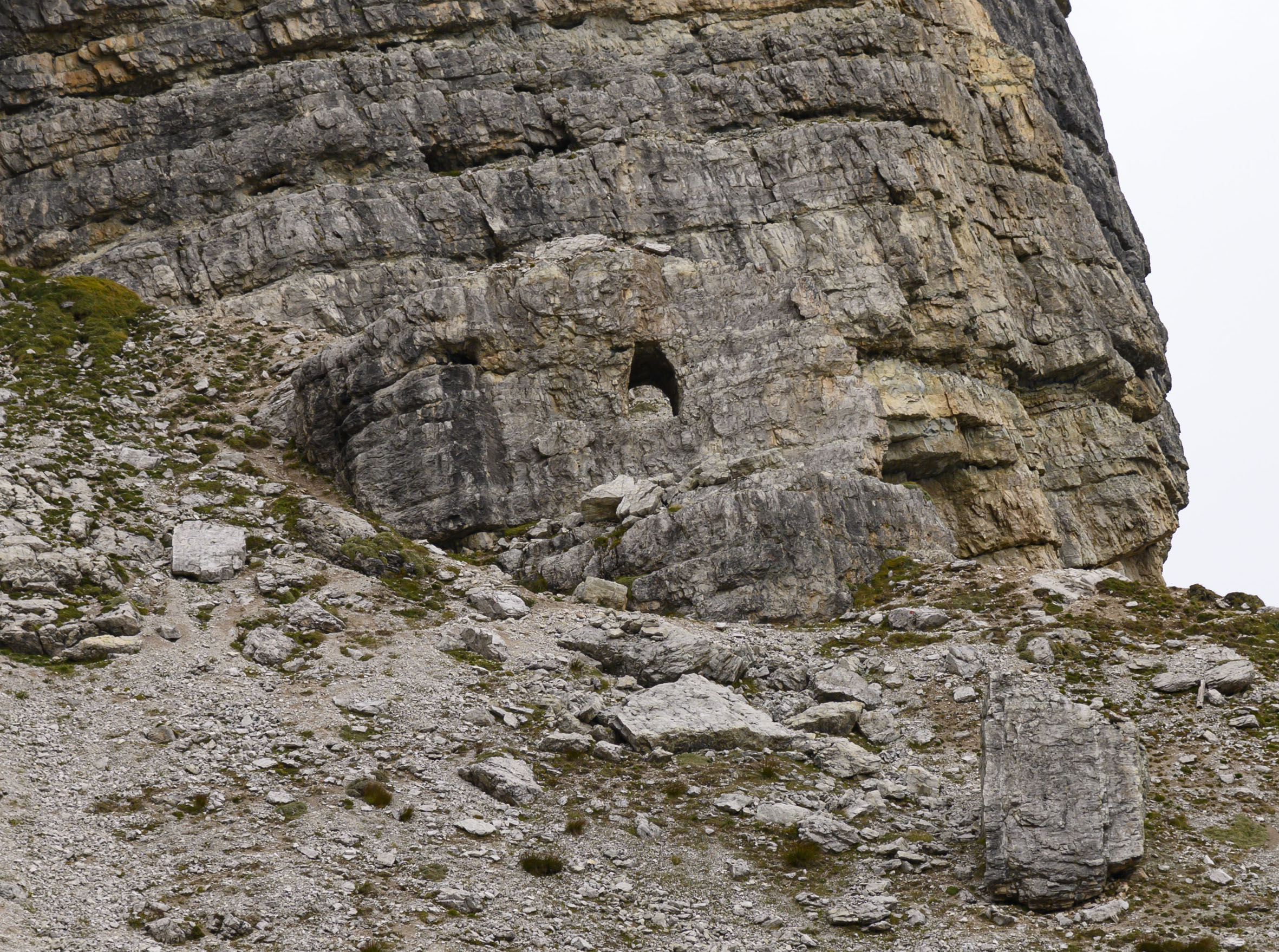
Nearby, below Croda di Lago local scouts had built a track to the rifugio on loamy black soil weaving around a small canyon. While larches turned at higher altitudes, the earthy scent of the forest and trickling waterfalls made pleasant walking conditions.
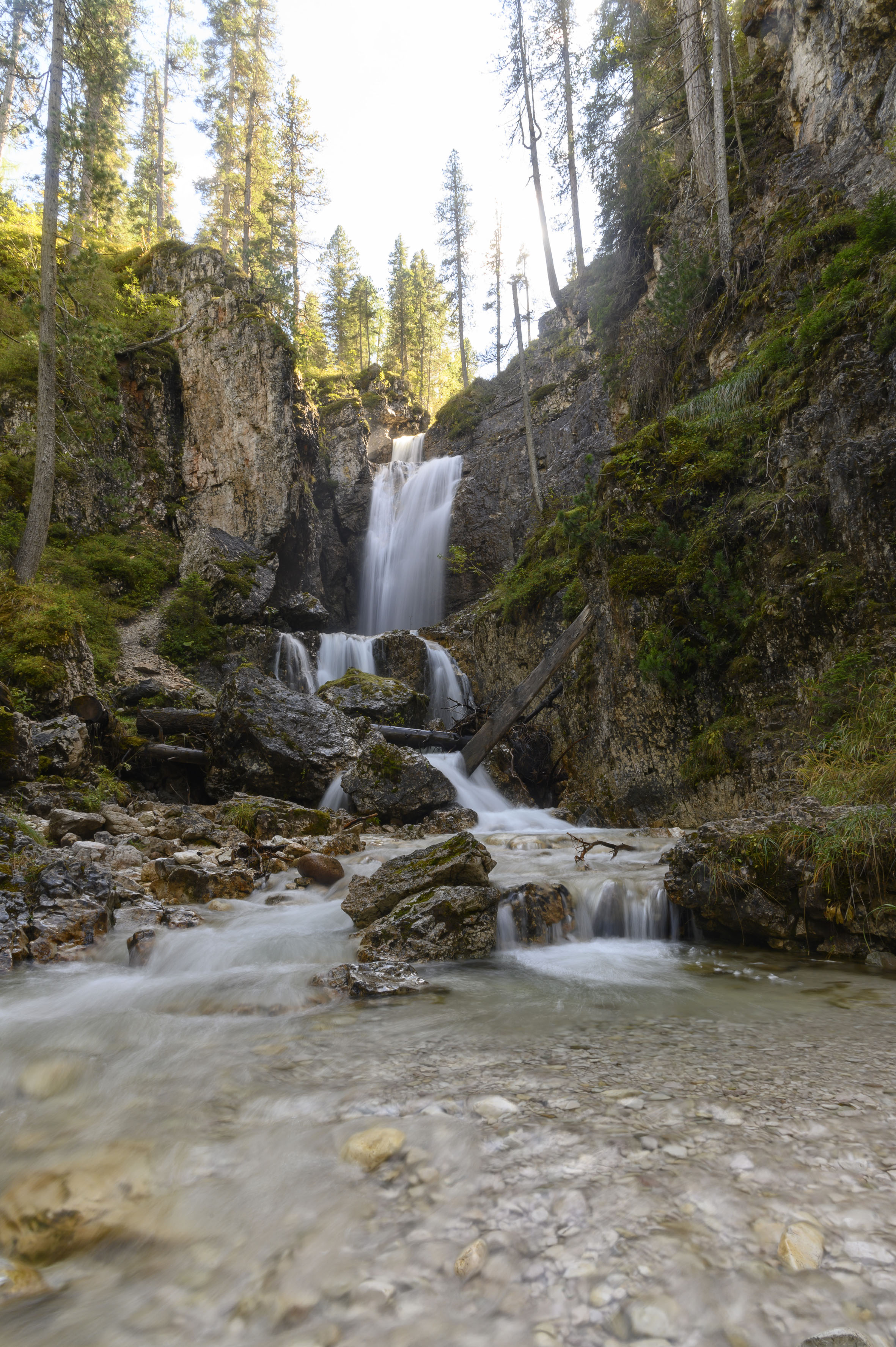
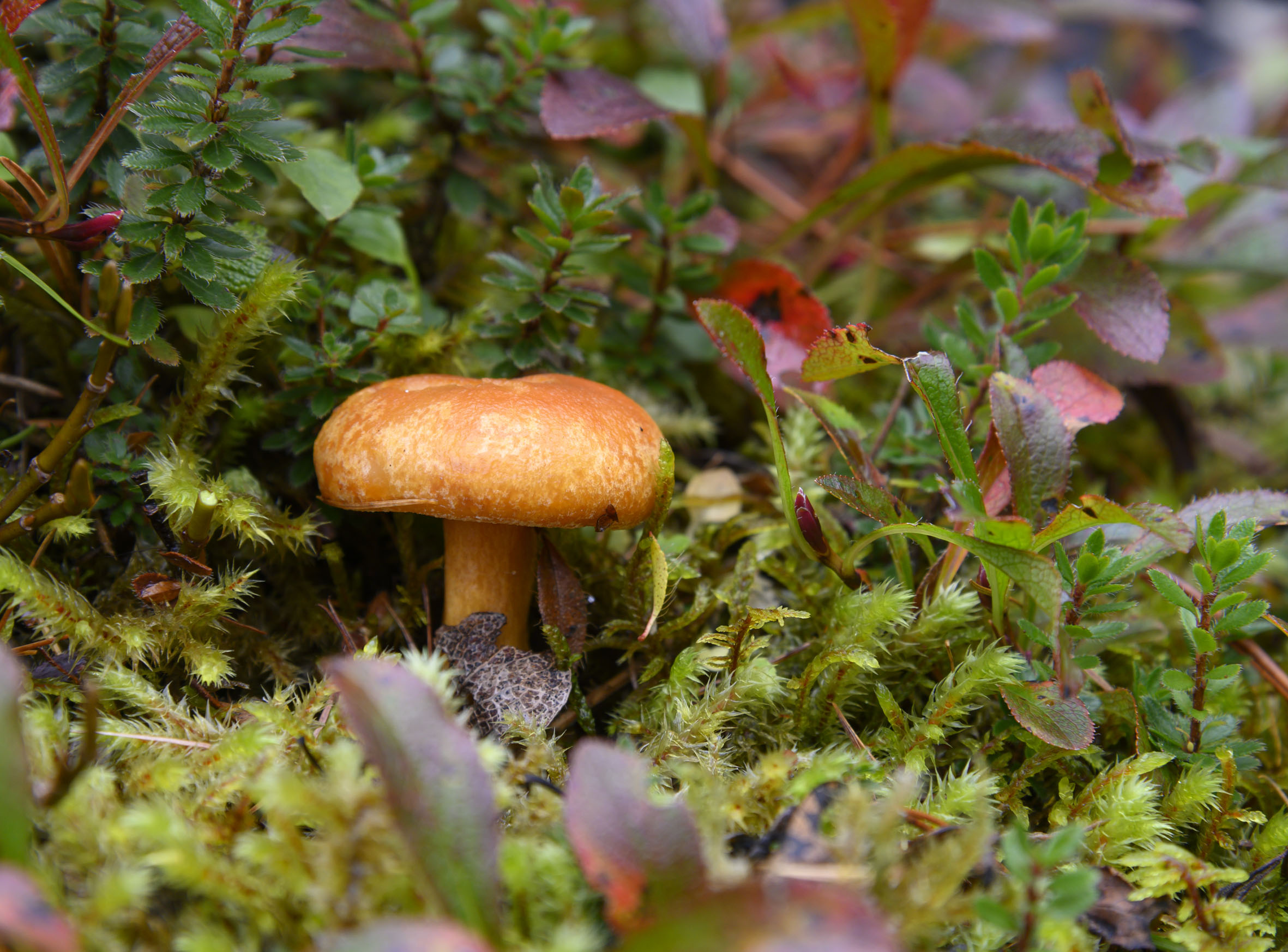
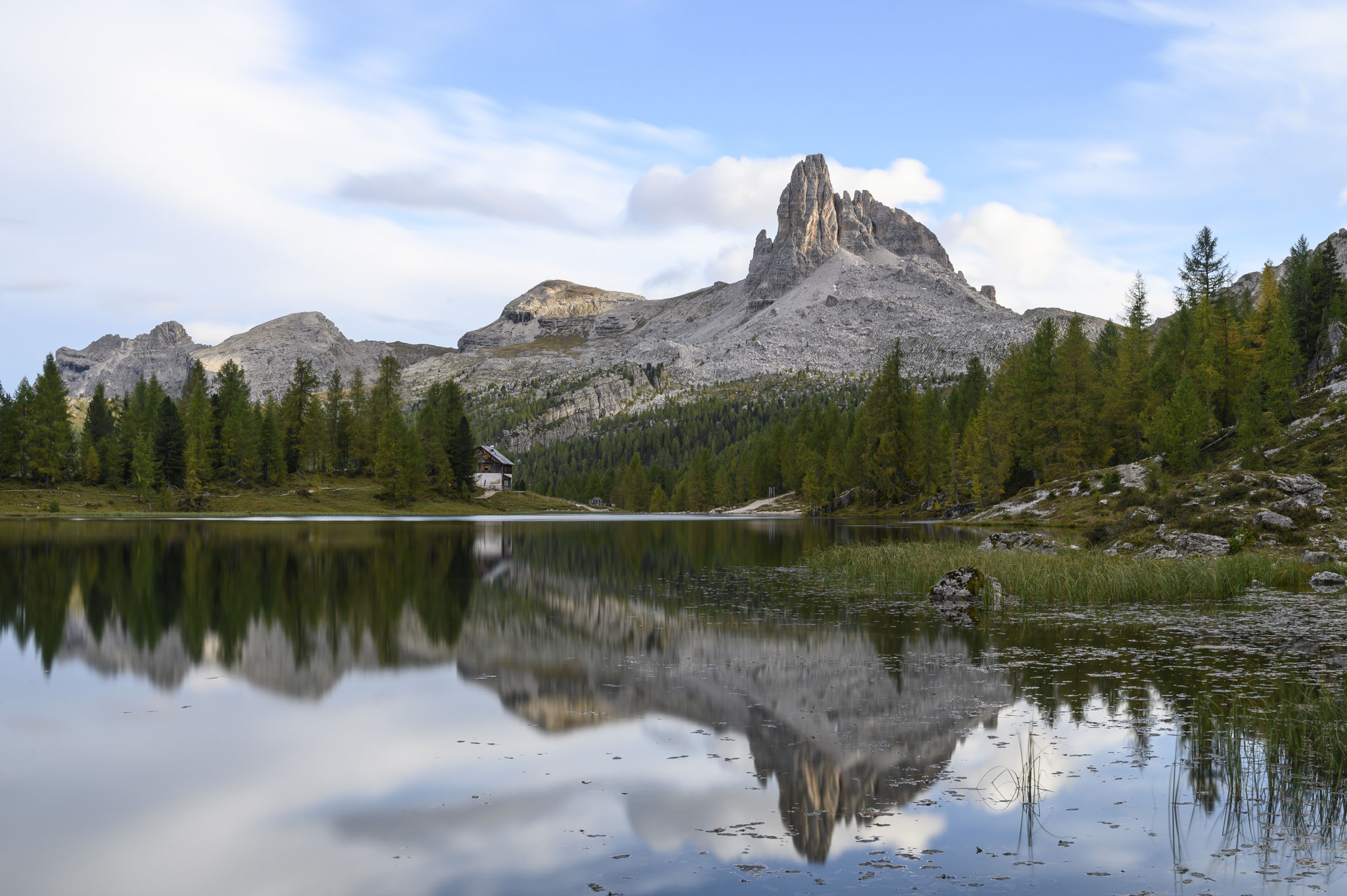
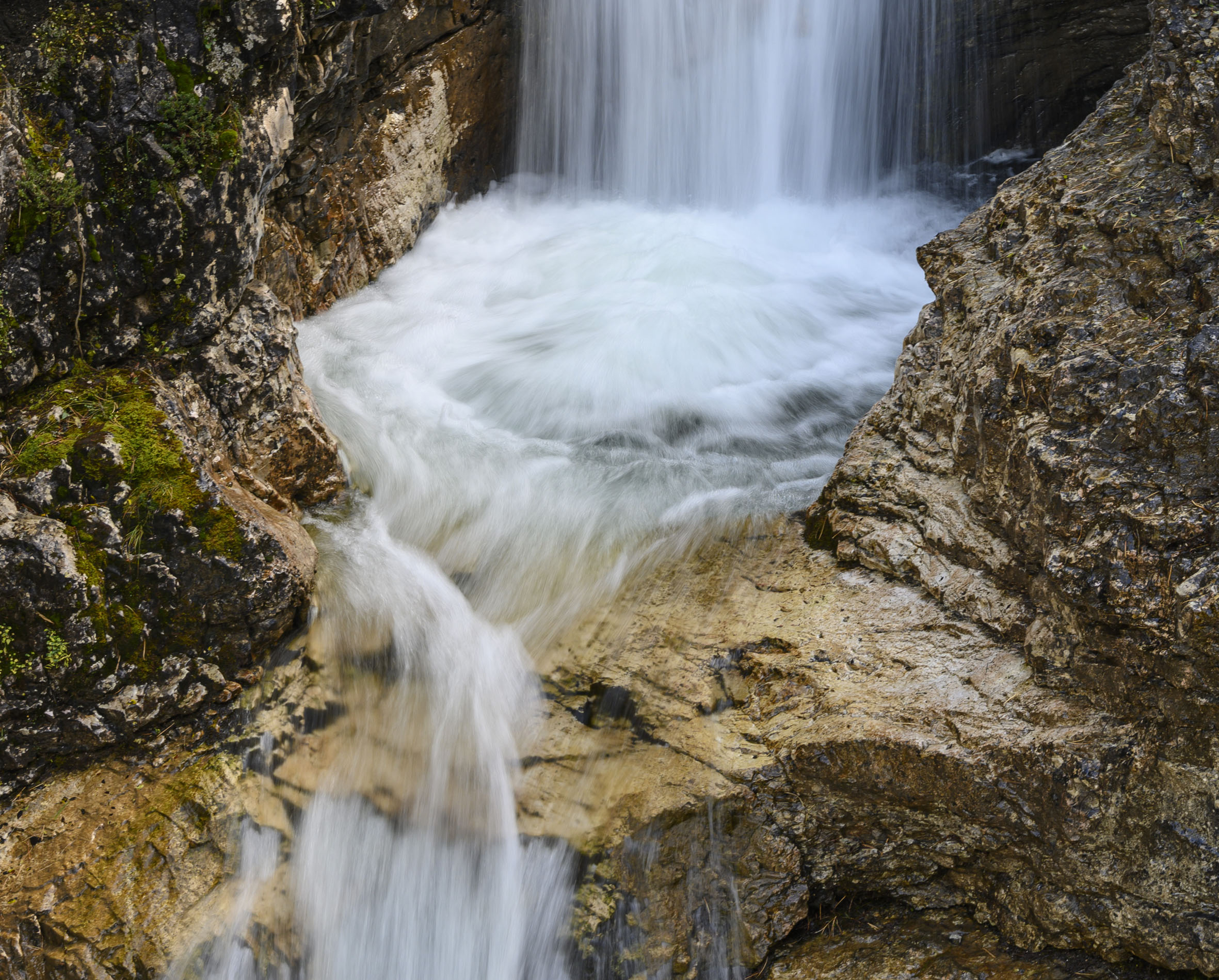
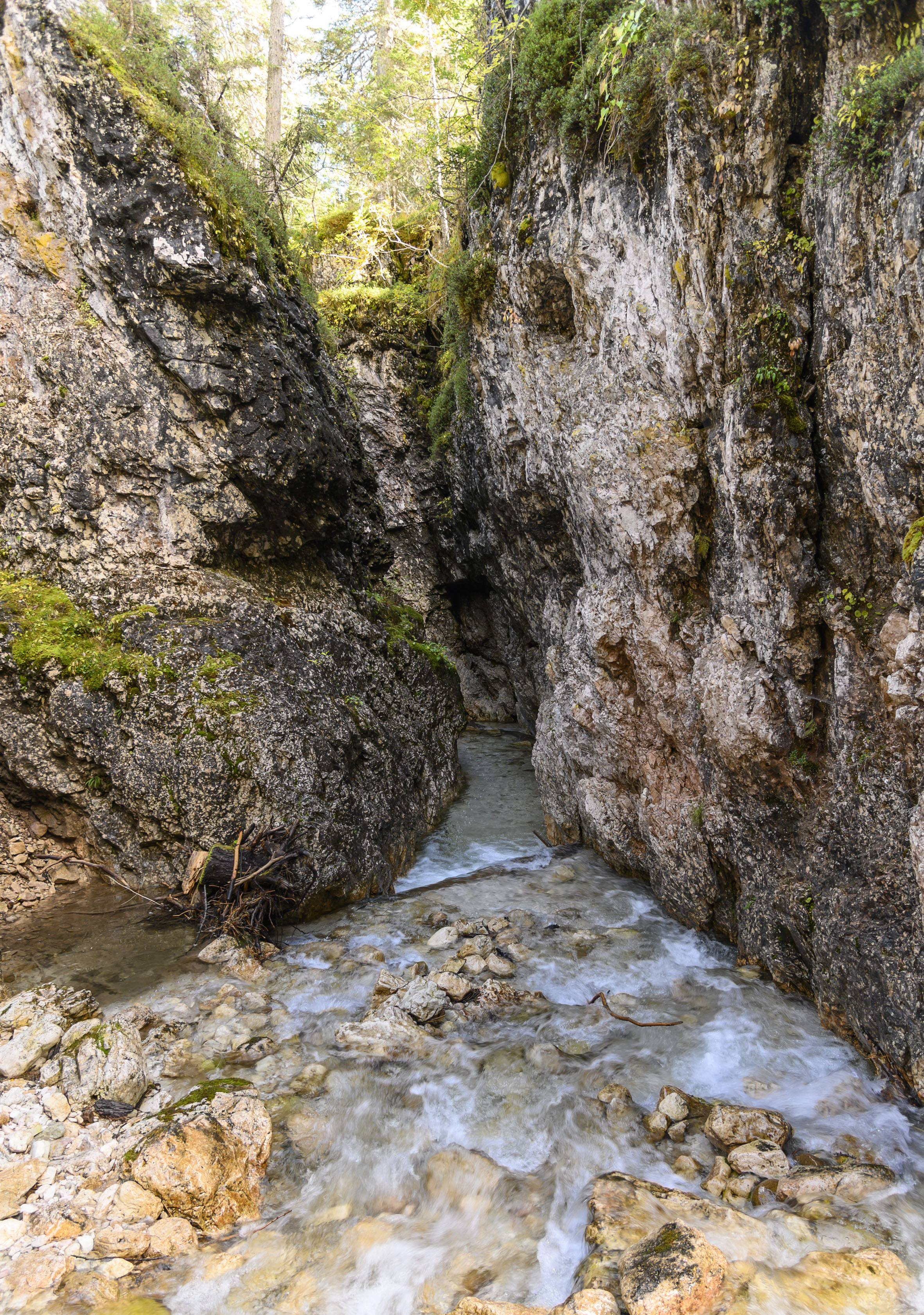
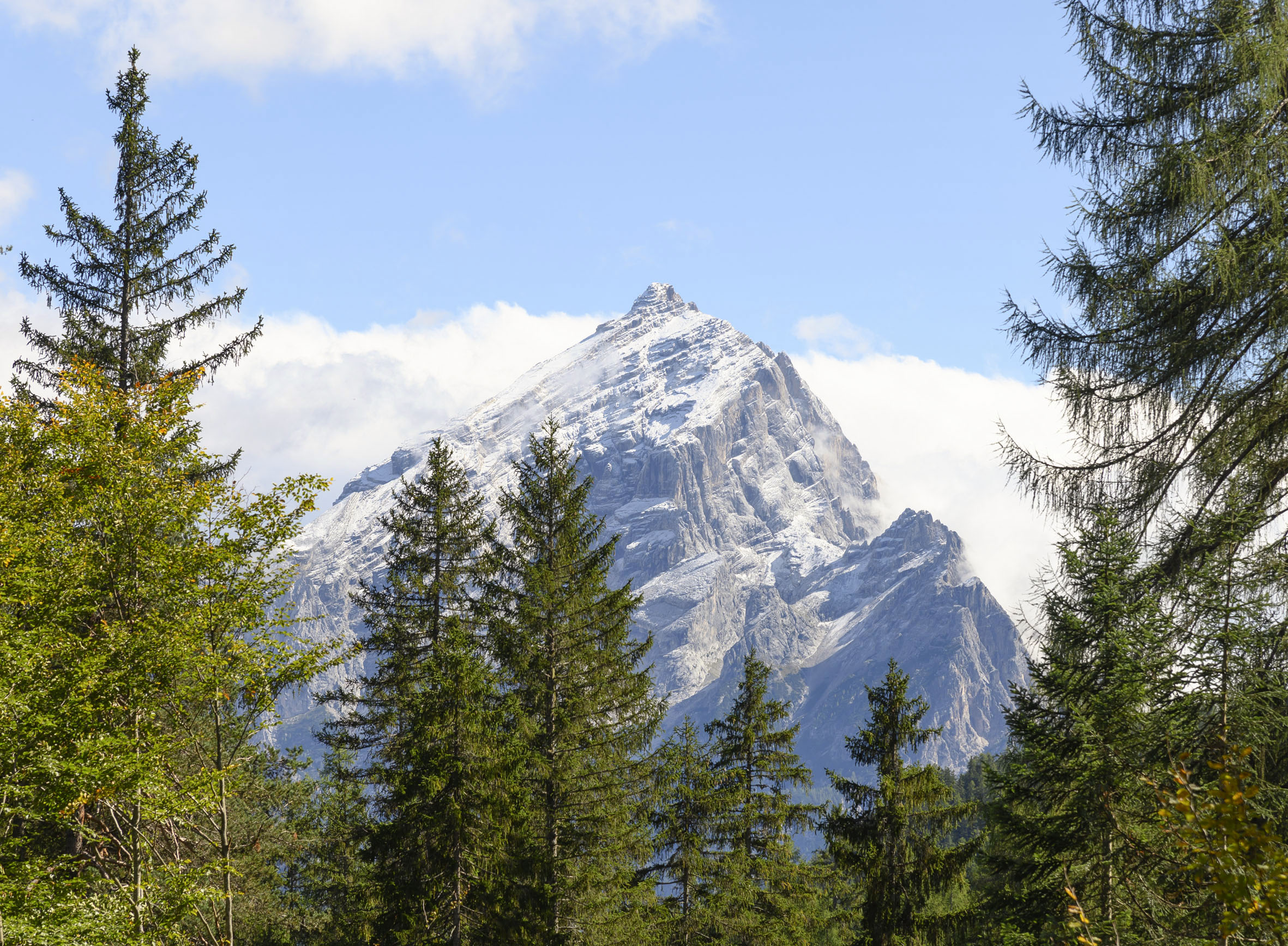
The region dazzled in crisp sunny spells after rain.
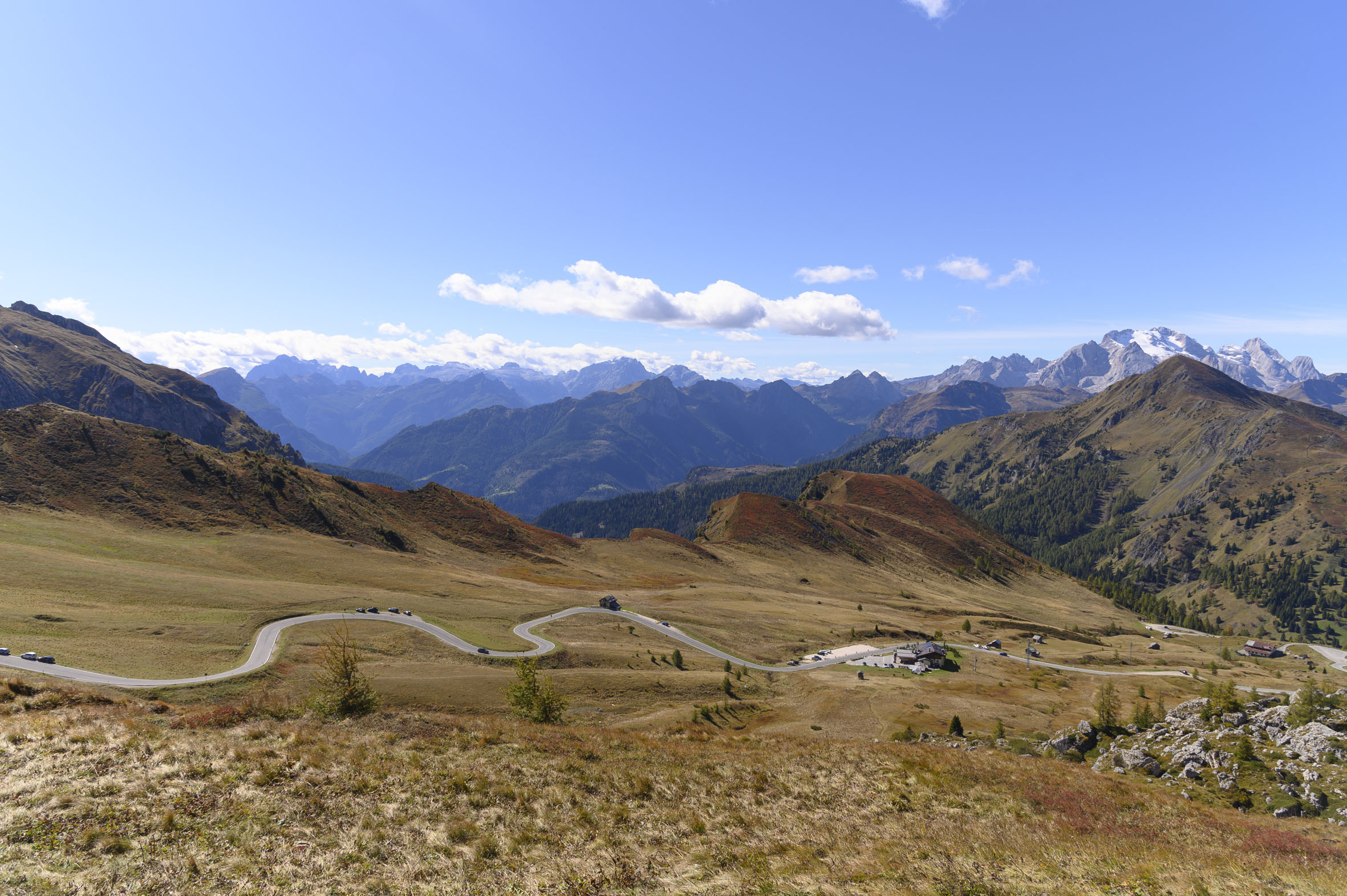

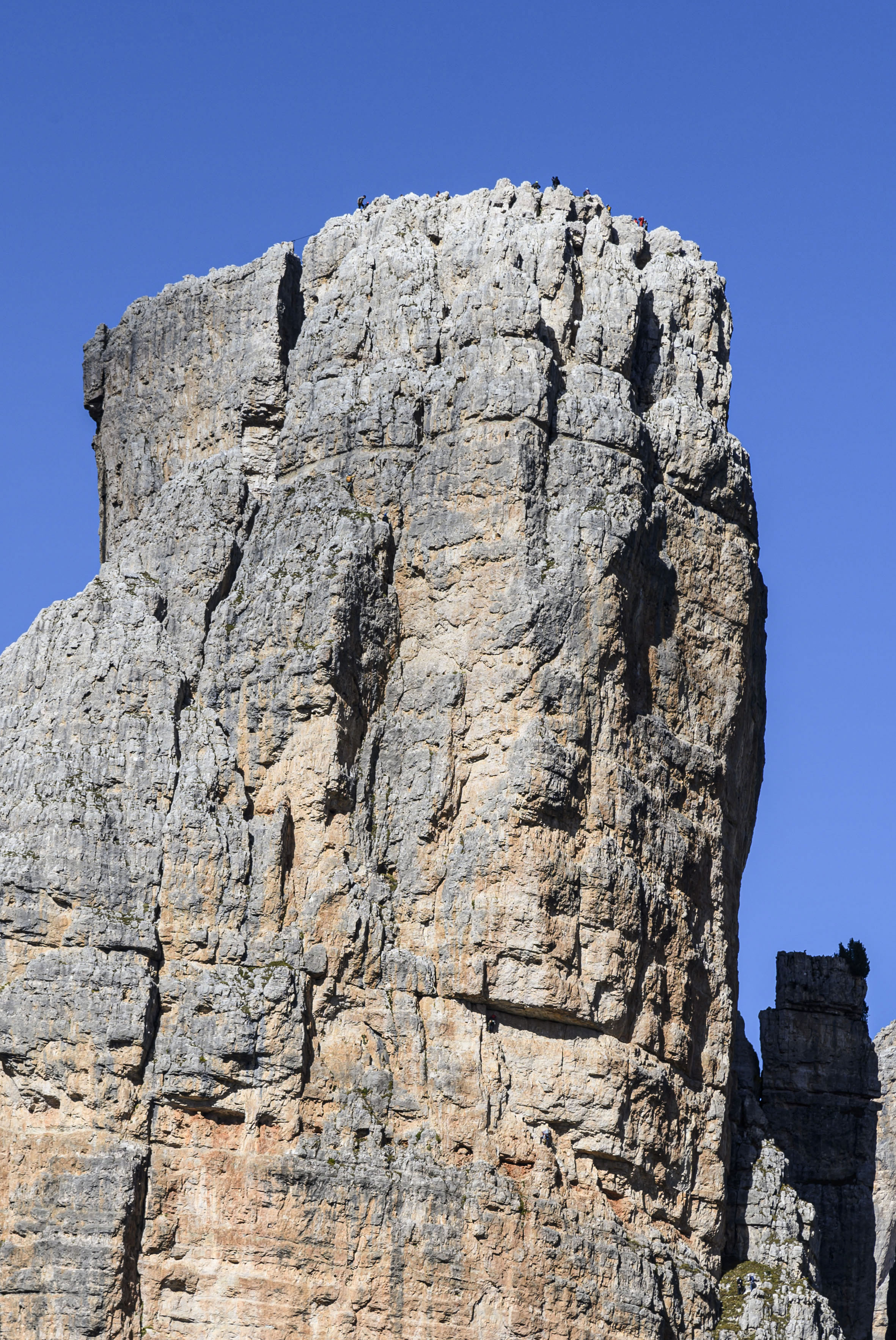
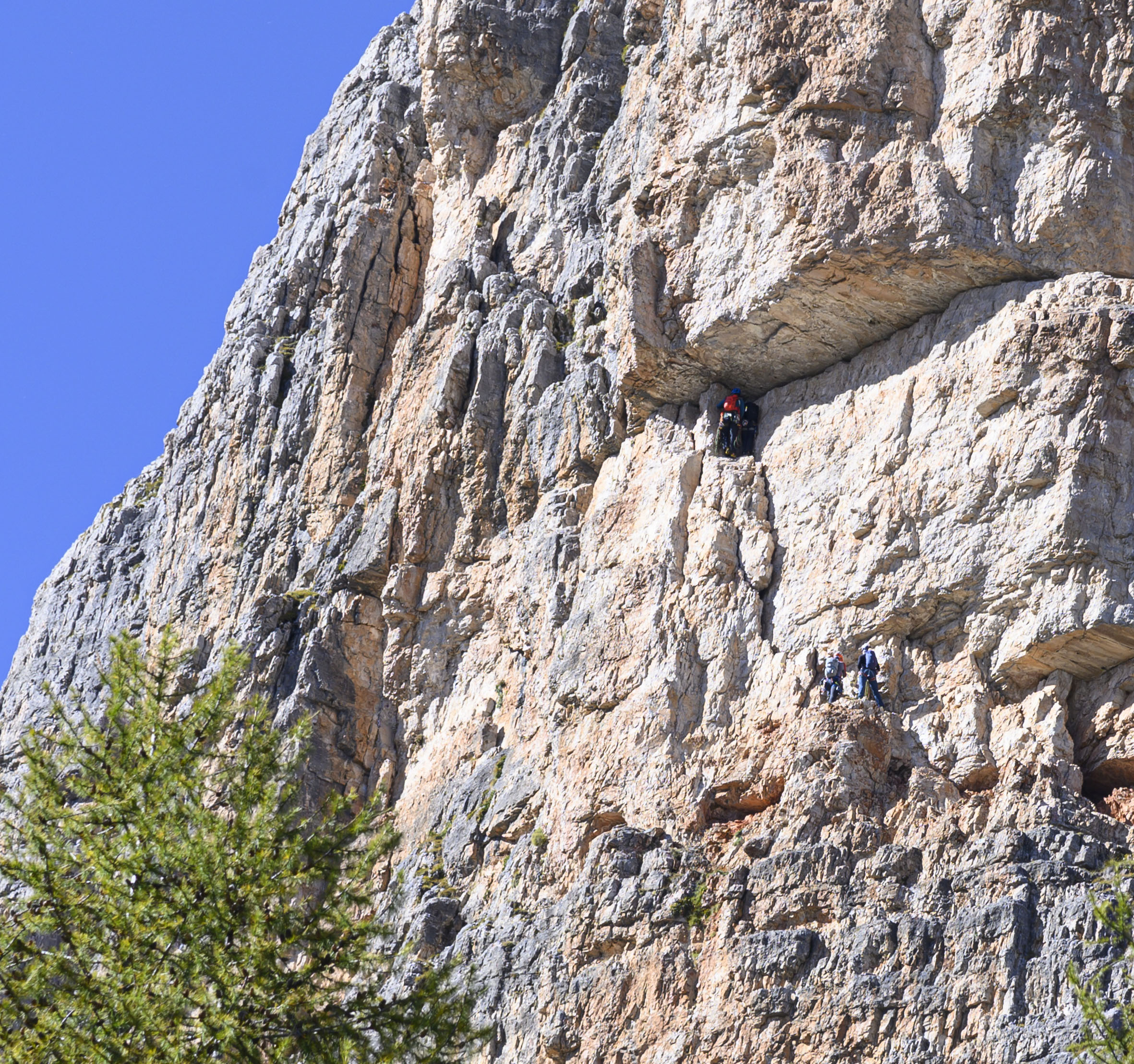

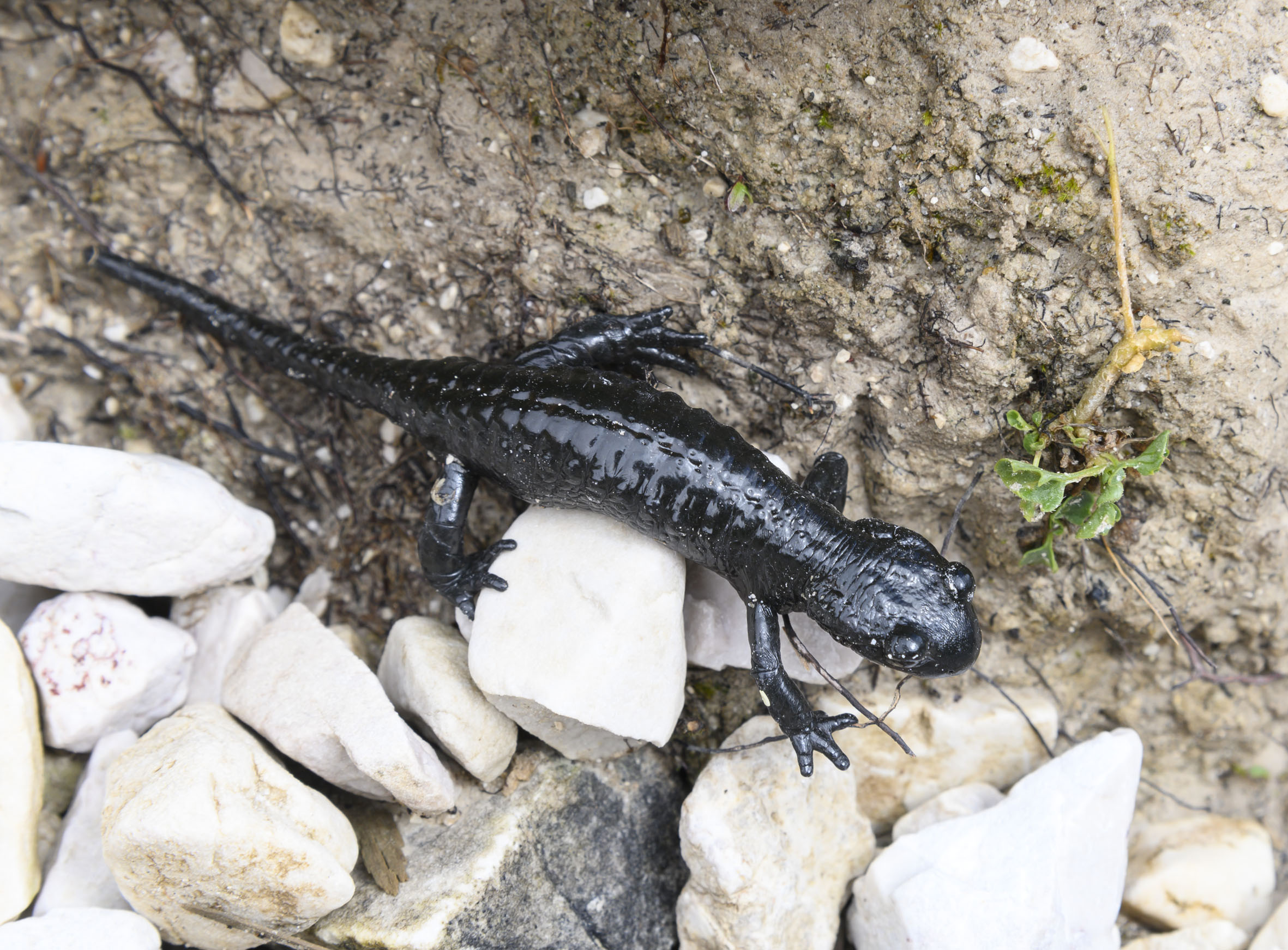
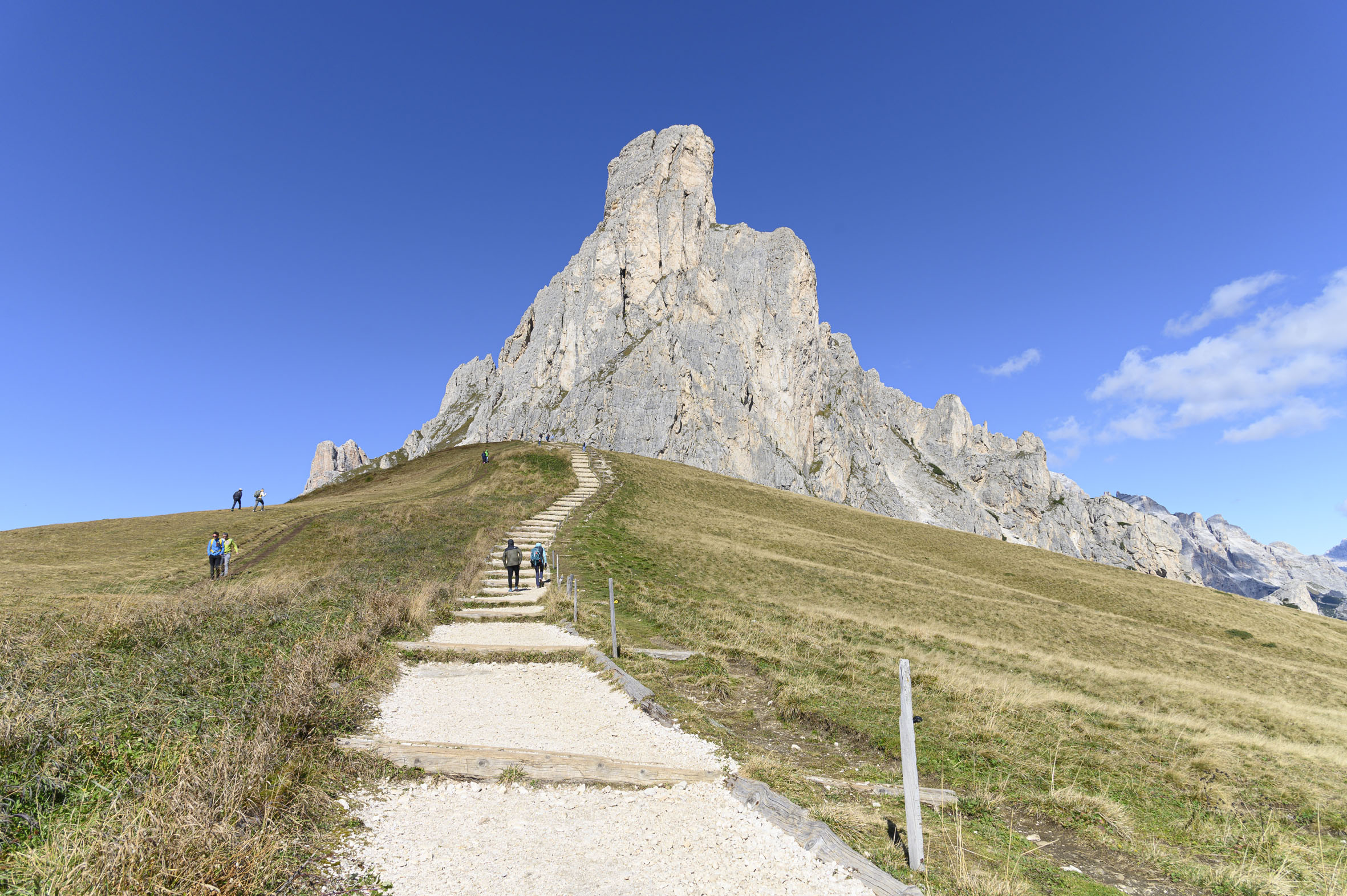
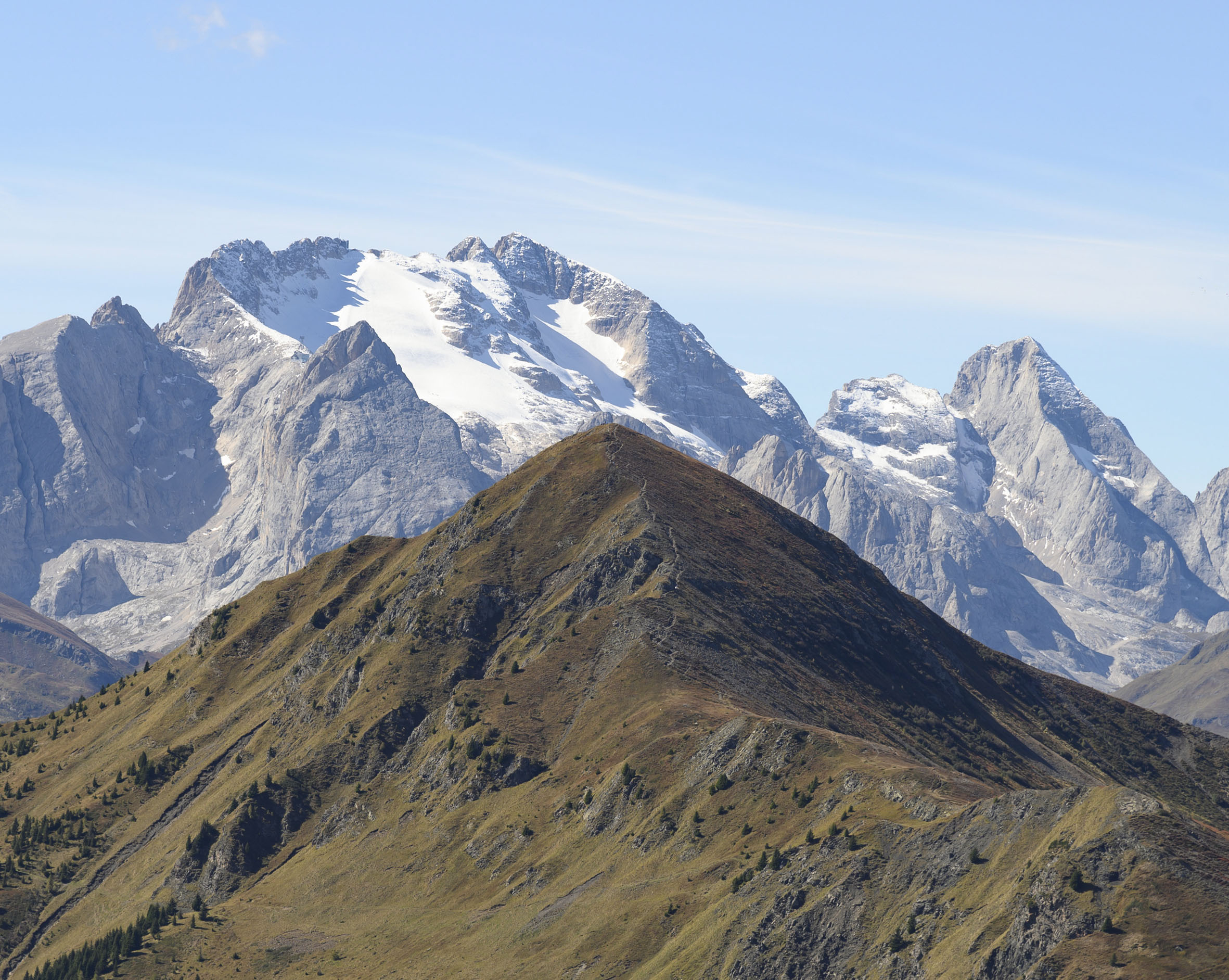
Similar qualities to these brought Gustav Mahler to compose here between 1908 and 1910. In a cottage called Trenkerhof near the village of Toblach he completed his most famous work, the Ninth Symphony. He had come in grief after her daughter’s untimely death from diphtheria and was exhausted after several years directing the prestigious Vienna Opera House. There he had brought about absolute technical excellence but made enemies with his managerial style. In the Dolomites he often walked in the forests of Fiscalina Valley to relax from his demanding conducting career.
Unfortunately, there were deeper seated problems. His expectation of his wife Alma to abandon her music career to look after the family eventuated in her having an affair with a young architect called Walter Gropius. In 1910 Mahler left here for the last time to see his friend Sigmund Freud who observed Alma was hurt from his rigid ways. He accepted this advice, encouraged her to compose and even promoted her music. By this time however his relentless pursuit of perfectionism had taken a toll on health. After conducting one last concert in New York in February 1911 he fell into a long illness and died at age 52.
While I visited Toblach rain came and went. I felt nostalgic staying in the same hostel in the former grand hotel as last time. I took a day to rest.
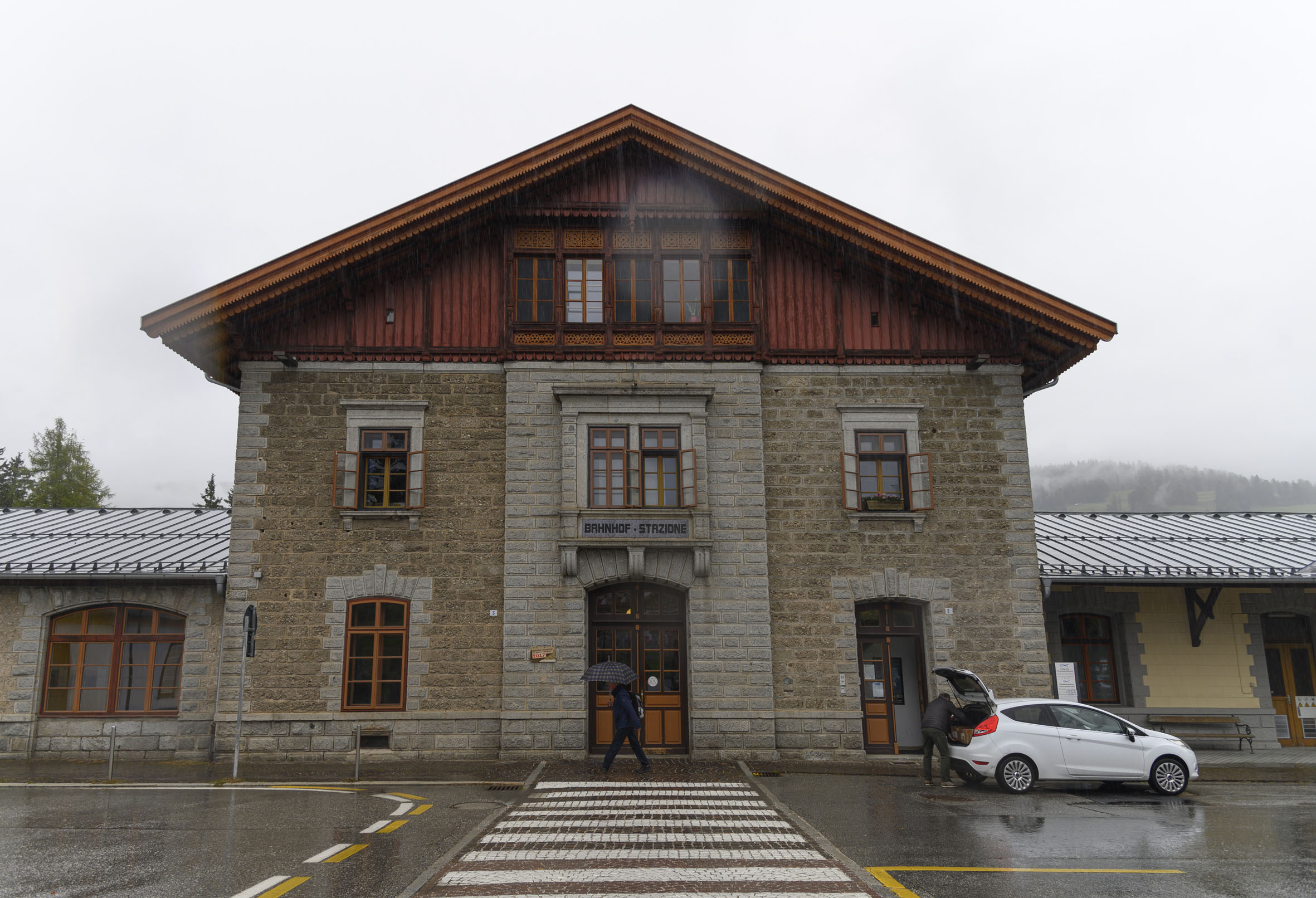
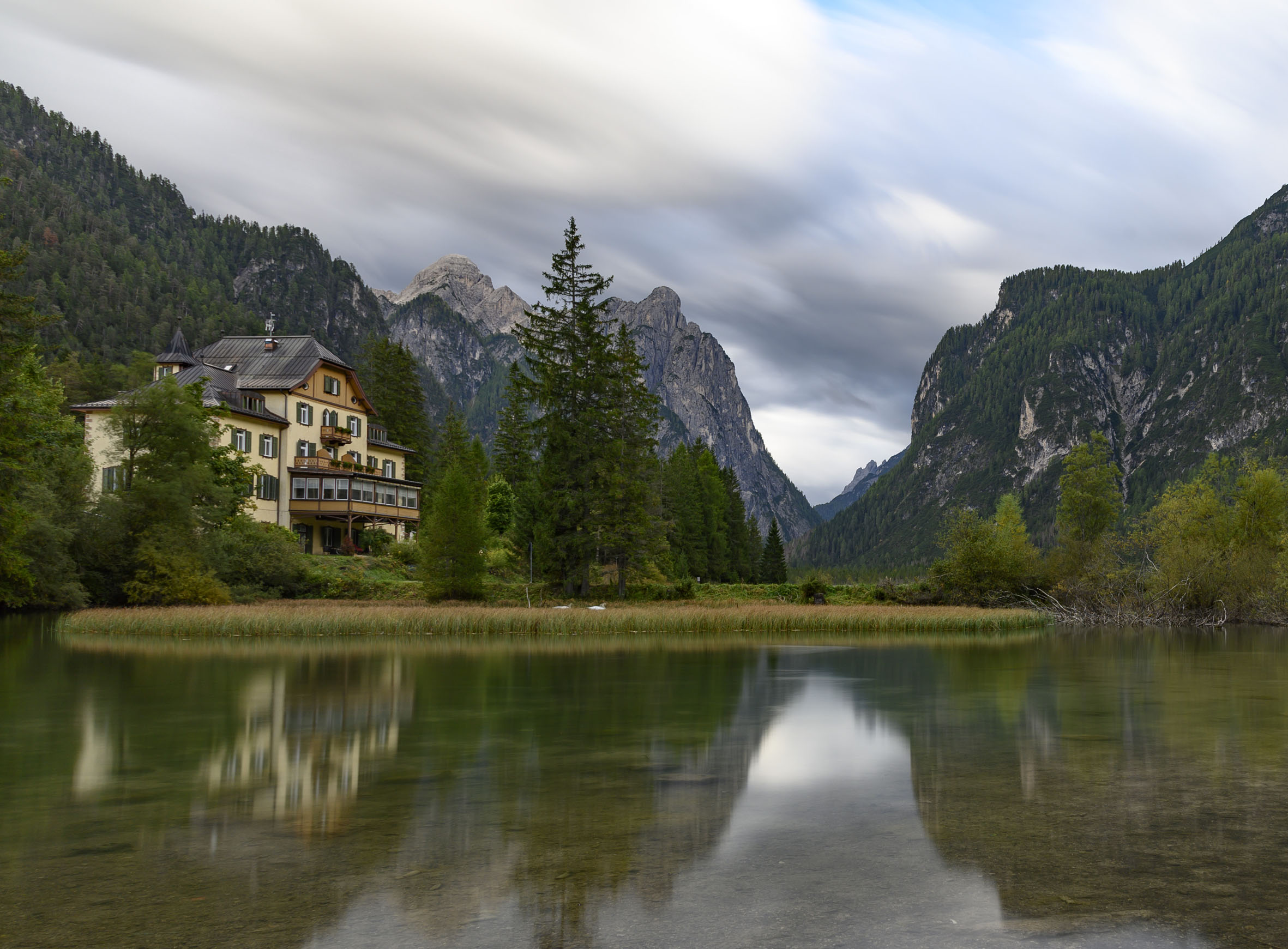
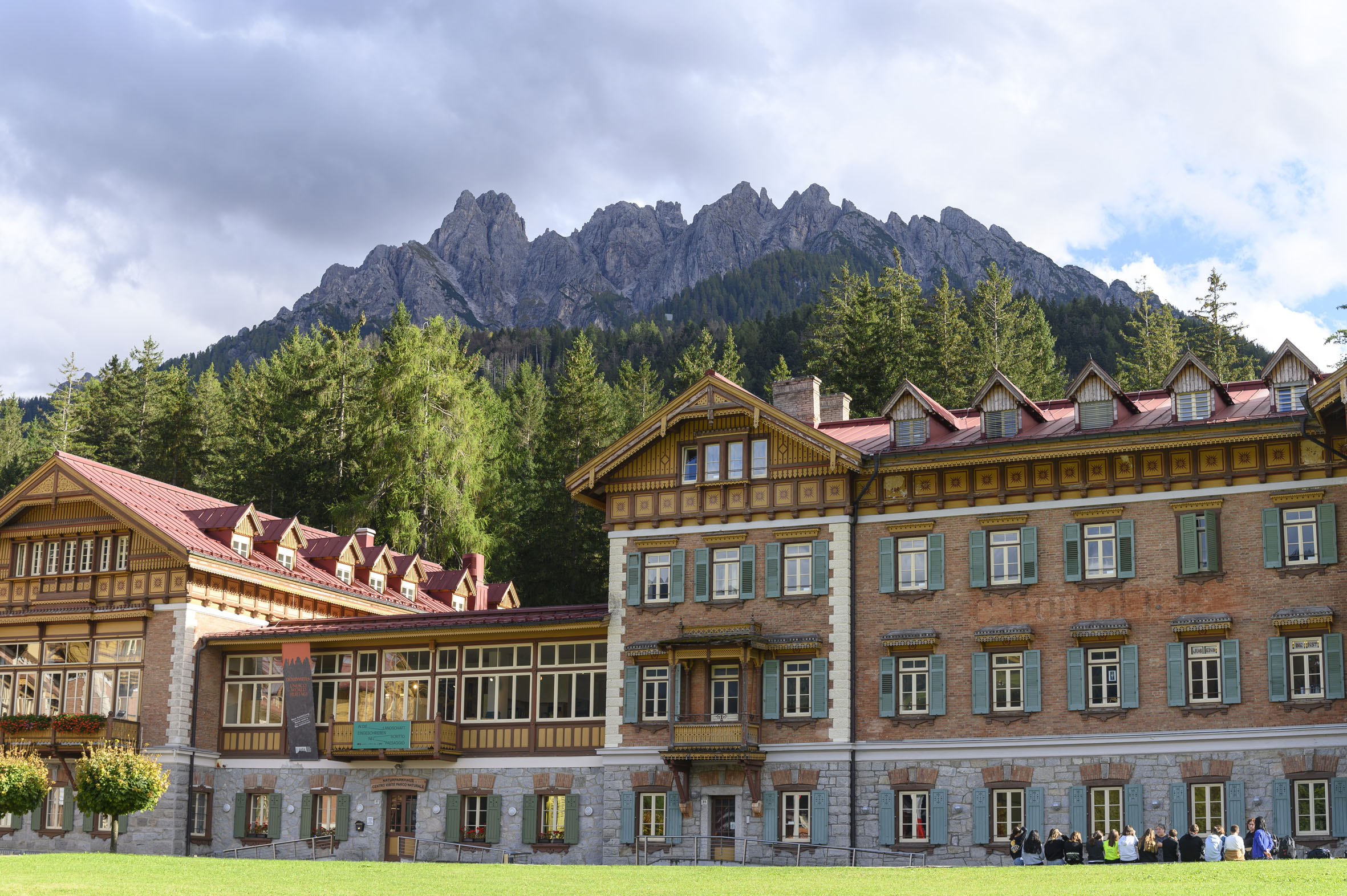
From Toblach I went to retrace some steps from the journey seven years ago. A new route had been built where a landslide forced a change of plans. I stopped and enjoyed a pasta at Malga Rossalm, the restaurant Alex and I stopped at to plan the alternative route. Outside the sun briefly lit up a yellow larch.
‘You must try this.’ The waiter grabbed a glass, lowered a heavy jar from the top shelf and poured the light amber liquid. He and his father started this business in 2012.
‘This is a pine cone liquor. We collect a special pine cone around here, split them in half and soak them to make this drink.’ I felt refreshed after the initial resinous punch softened to a fragrant sweetness.
I thanked him for showing me a taste of the mountains.
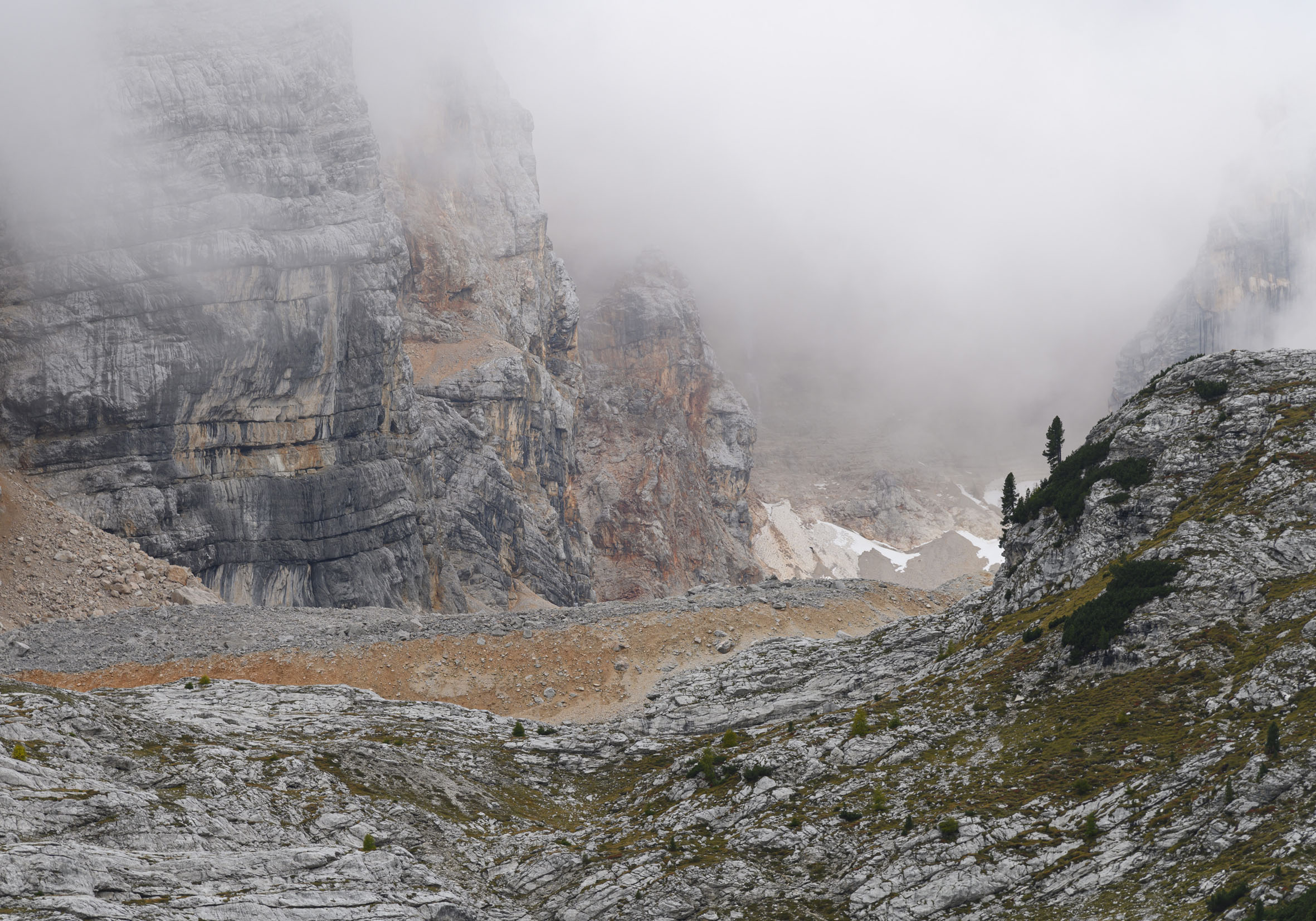
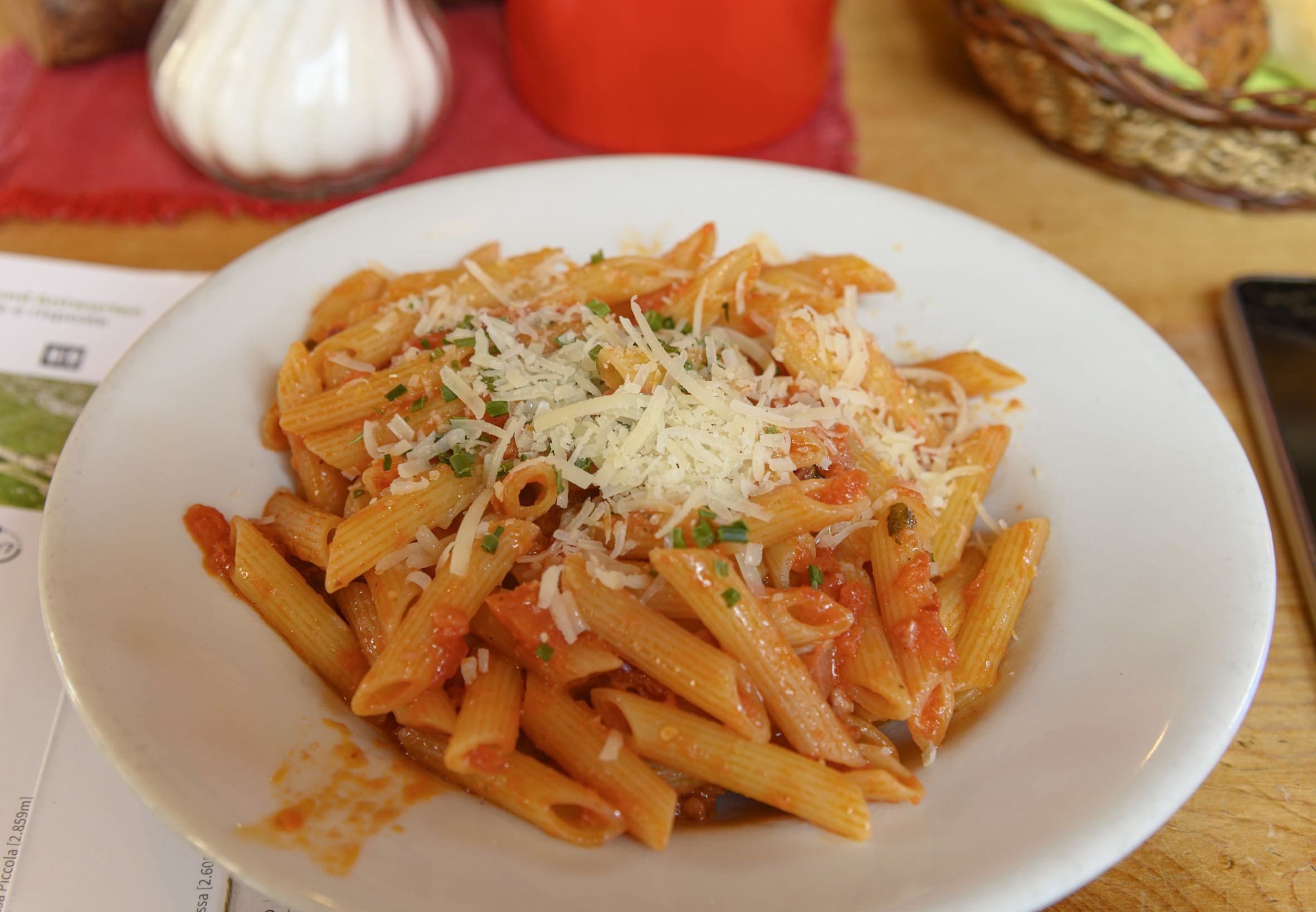
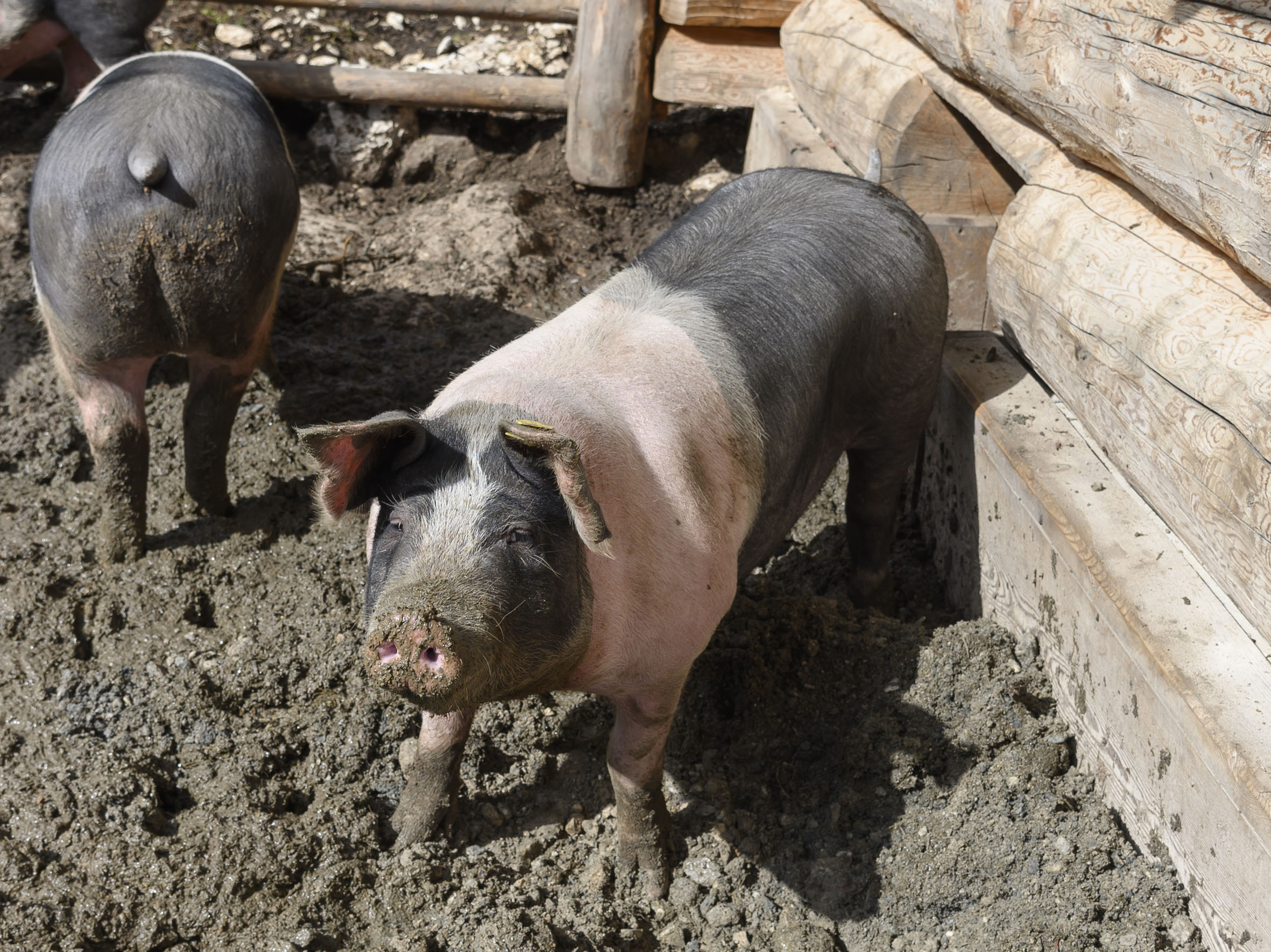
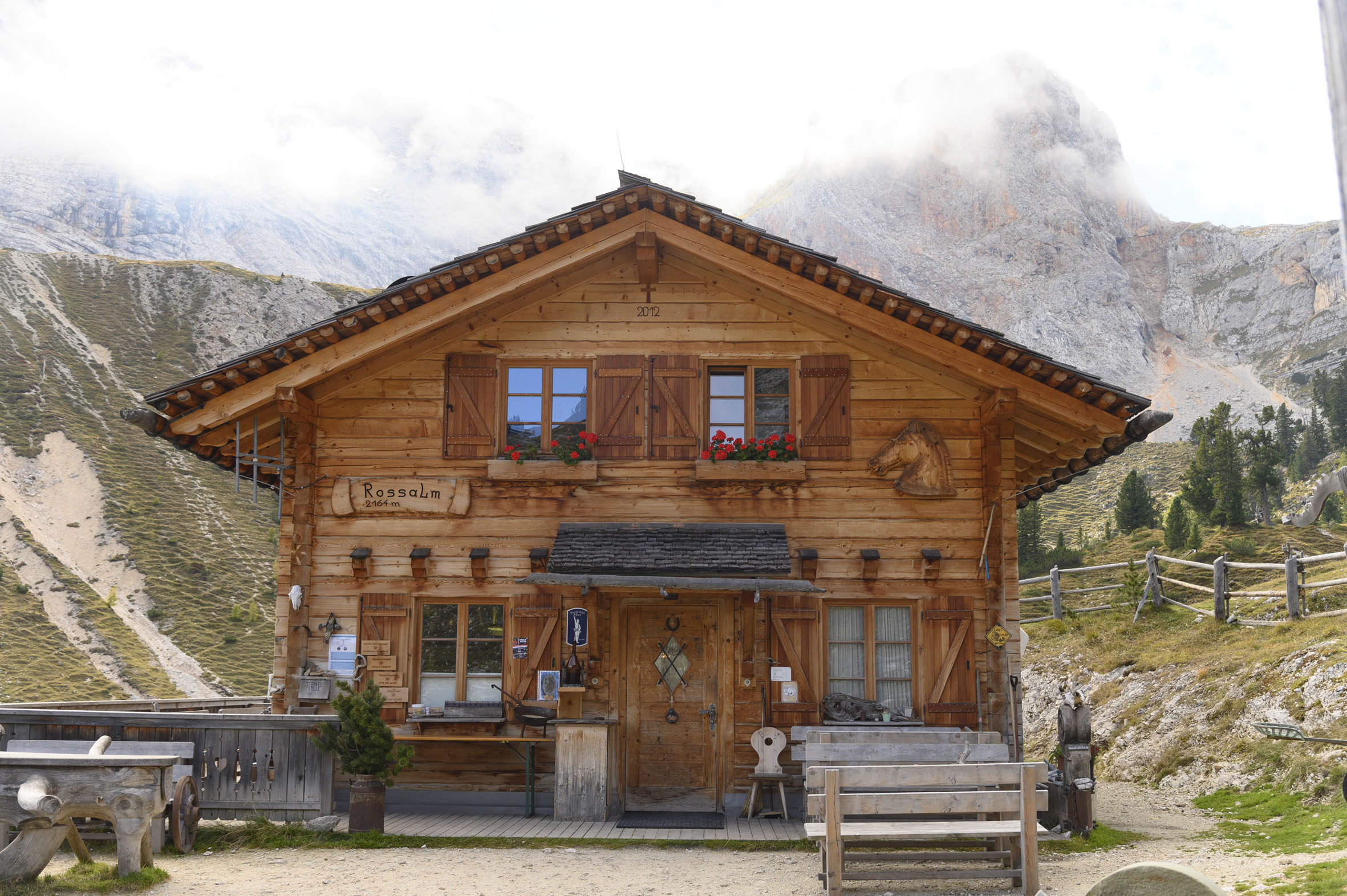
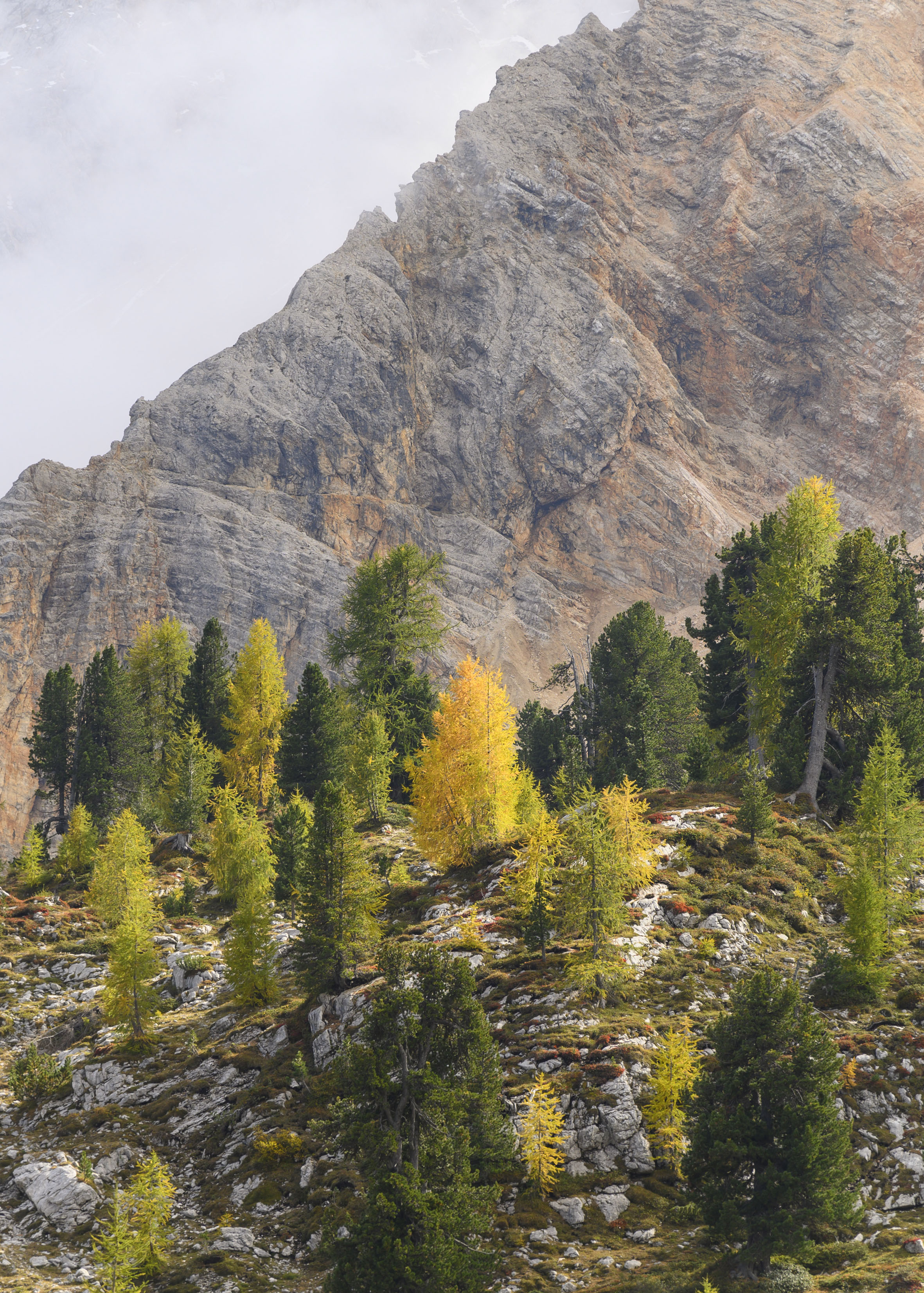
This part of the Dolomites feature sheets of upturned limestone. Here only grasses grow in the thin soil trapped in the crevices. Occasional sunlight lit up the path up to Croda del Becco. Ibex combed the rocks for nourishment.
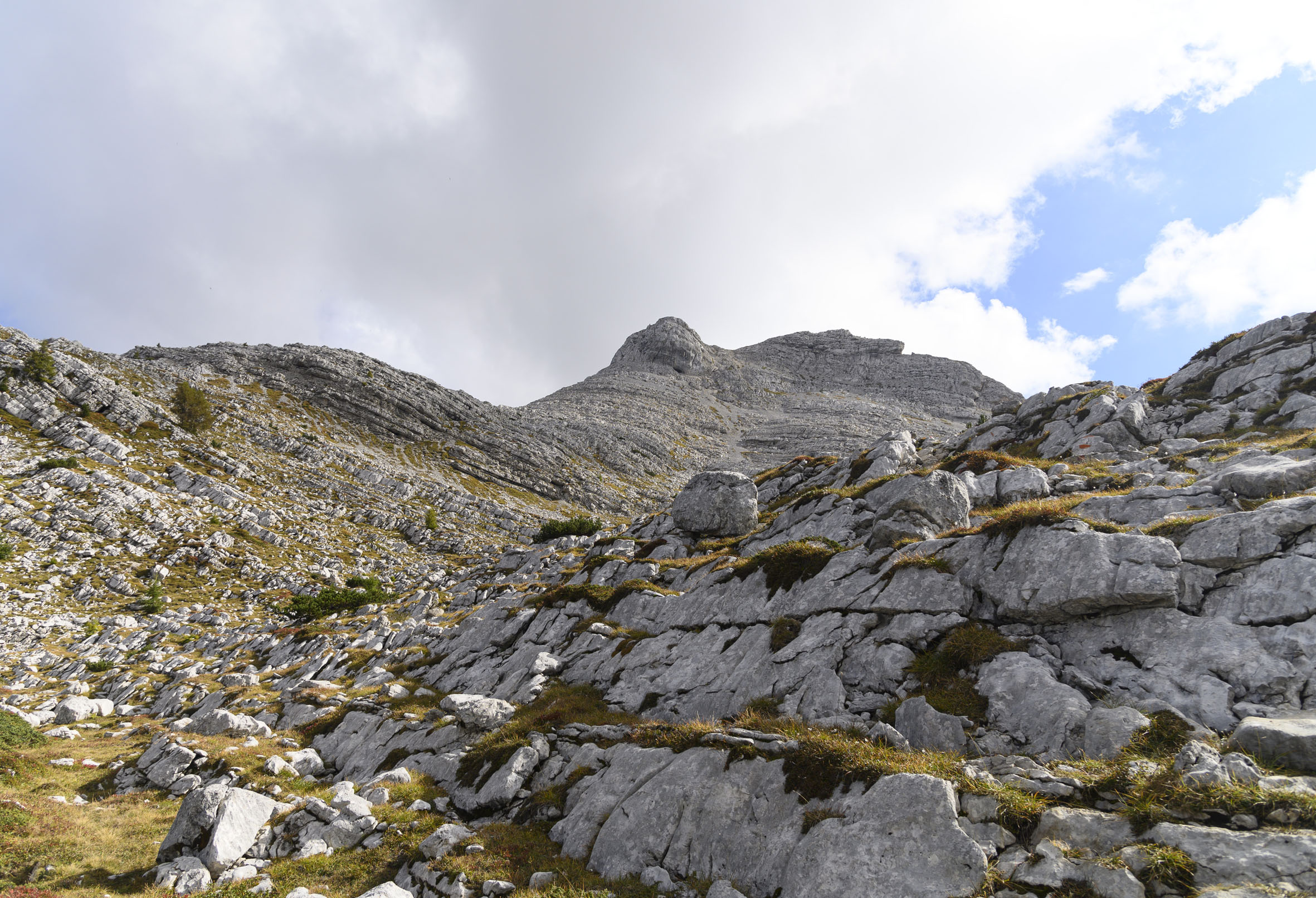
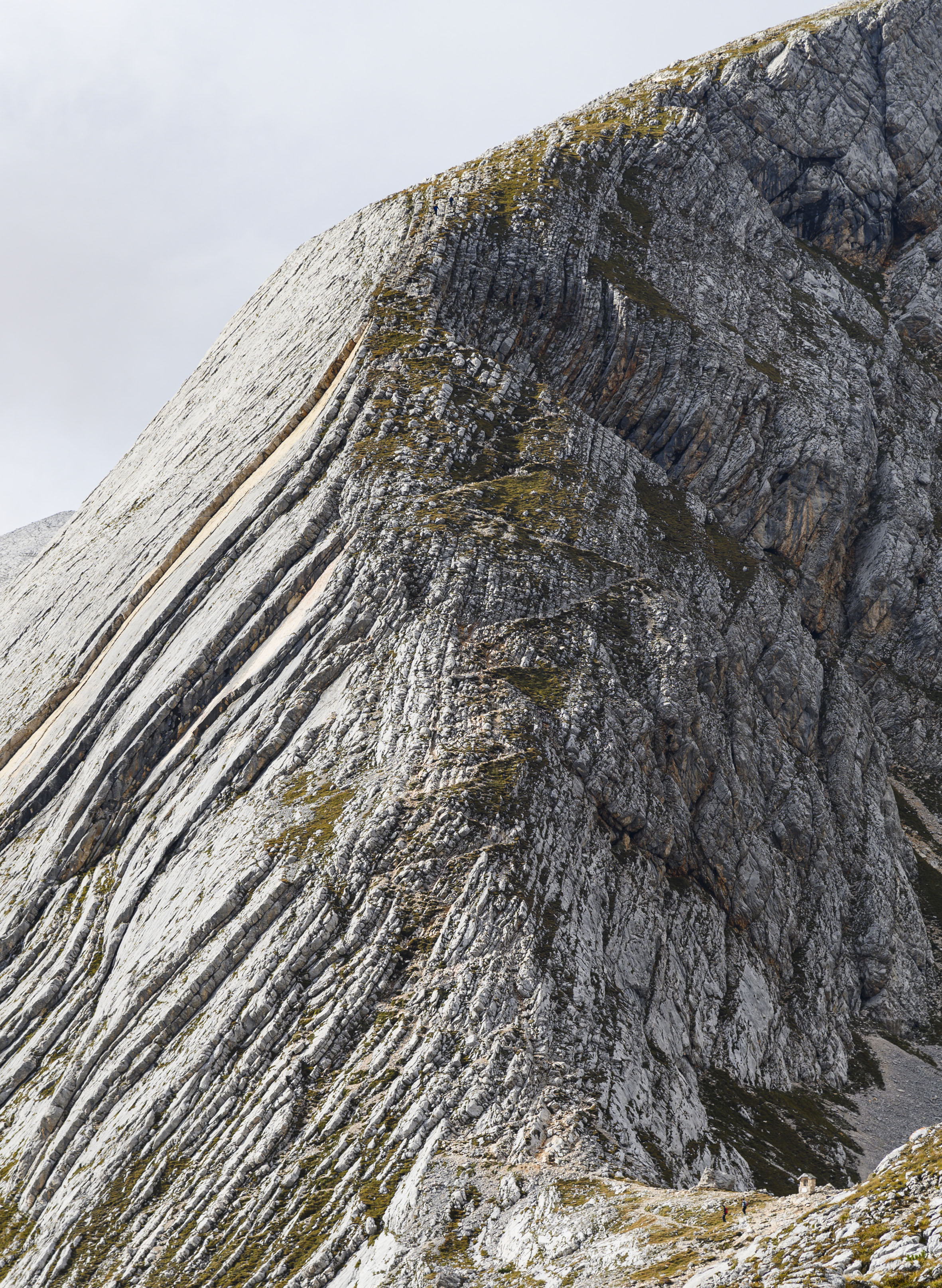
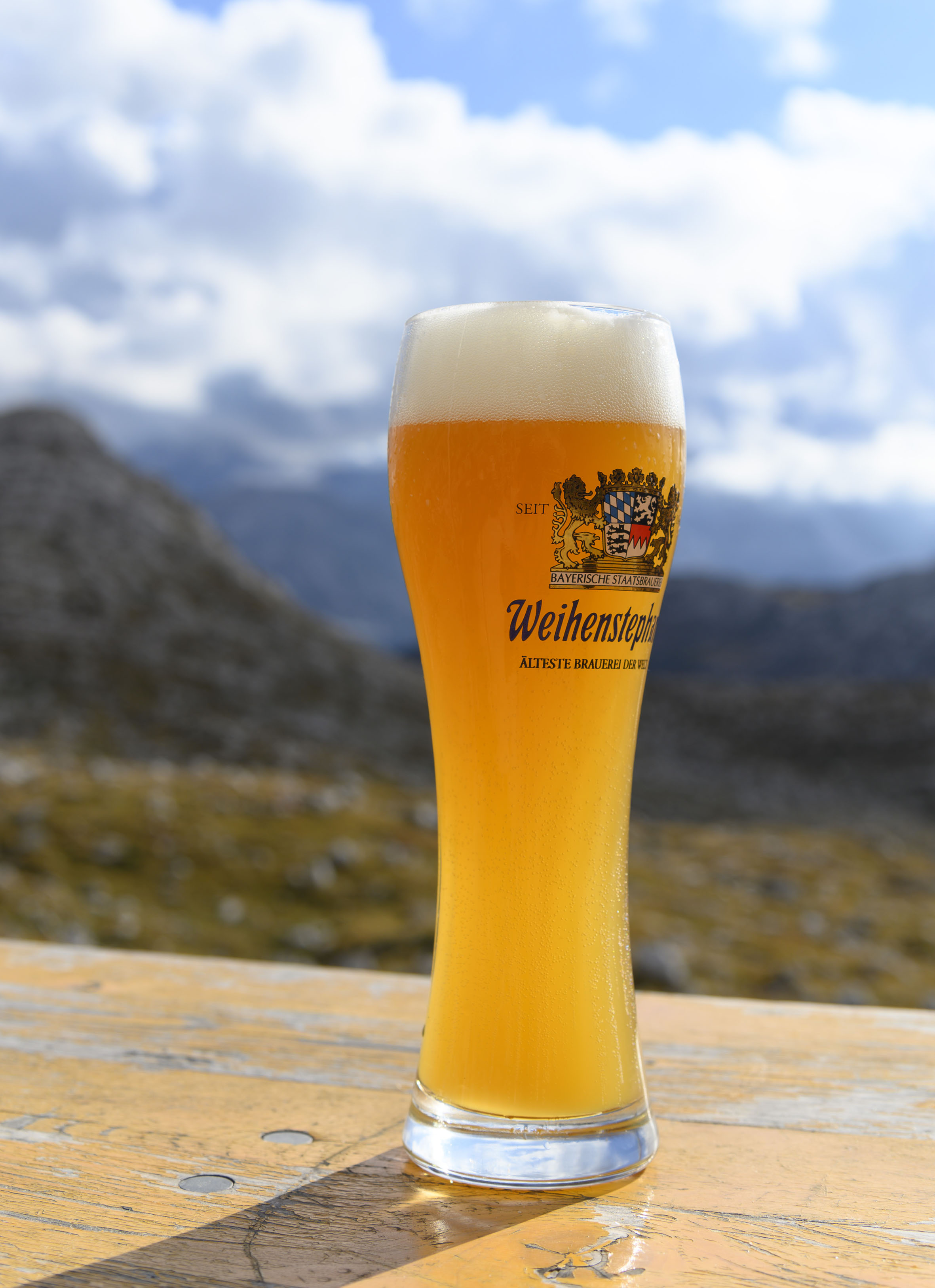
I stopped at Rifugio Biela for the final refreshment of the trip and then descended to Braies Lake. Not everything went to plan this trip but in the stillness I felt calm and appreciation for the mountains and stories explored.
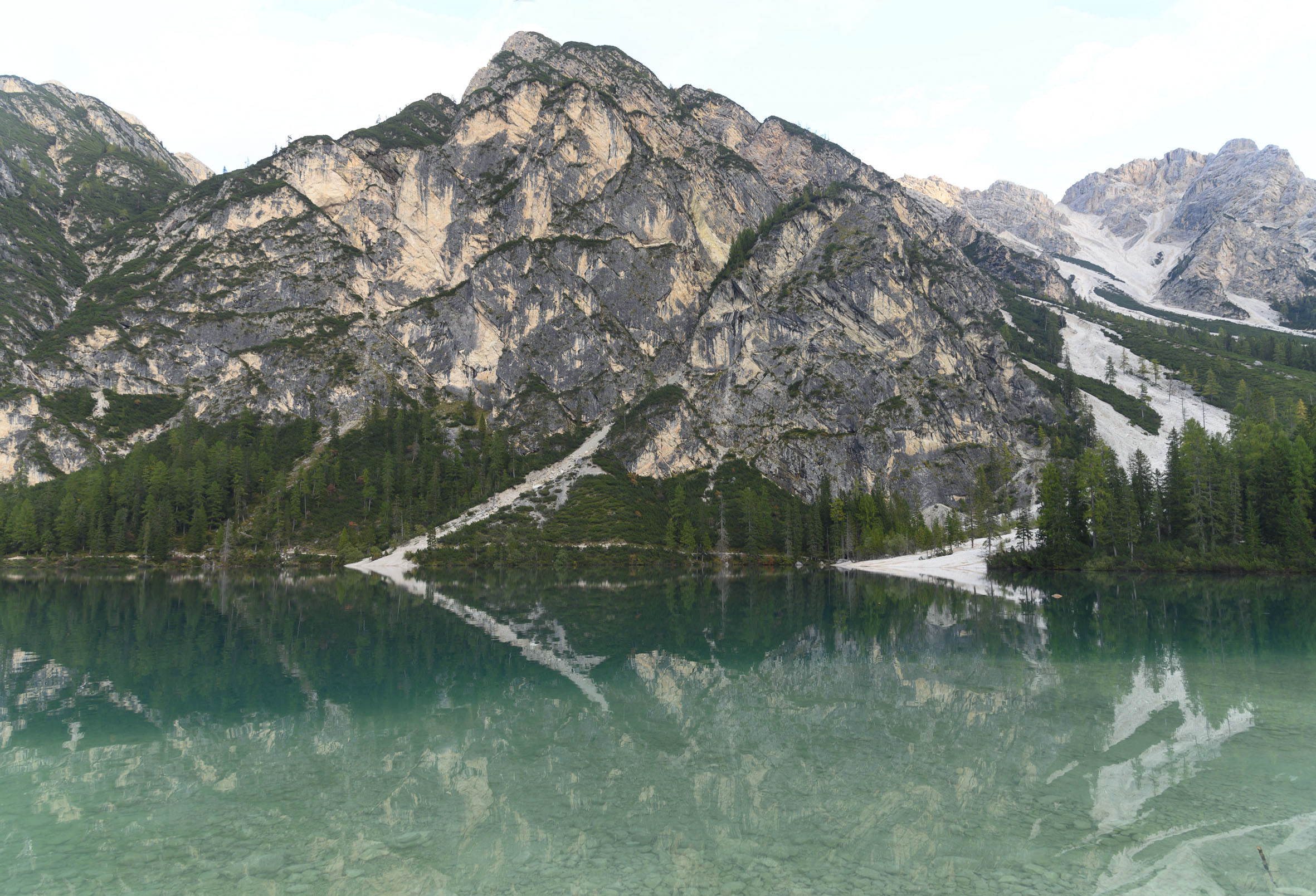
The closest major airport is Venice. Public transport options are most plentiful from June to early September. For those climbing ferratas it is best to rent a car.
In a Faraway Land is a great resource for ferratas in the Dolomites and Cortina Guides update conditions for routes in their area. The basic equipment needed are a harness, helmet, gloves and a ferrata kit. In general this is a summer activity. Pay attention to weather and do not attempt where there is a risk of thunderstorms or heavy rain.
Many places here have both an Italian and German name. For example, the town of Toblach is also called Dobbiaco.
For hiking related activities June is shoulder season. July and August are usually busy, have risks of summer thunderstorms but also the longest daylight hours. September usually has the best hiking weather and less thunderstorms. The larch season is usually in mid October. The hillsides turn yellow and the peaks are dusted with fresh snow.
The Dolomites are very popular and rifugios can book out months in advance. They are usually open from June to late September though some open until later. It is best to book early. It may be beneficial to sign up for a CAI (Italian Alpine Club) membership if staying for many nights. Some rifugios offer a discount for members (usually stated on the website) while others don’t. E.g. Innerkofler does and Pian Di Cengia does not.
Some rifugios are booked and paid for online while others require a phone call or email. All offer half board (big dinner and basic breakfast) and an option to make a sandwich for next day’s lunch. Some will allow you to bring your own dinner but that is not the norm. All rifugios require guests use a sleeping bag liner. Typical costs for half board range from 60-80 euros a night in 2024.
The Youth hostel in Toblach is a great place to set up base for day trips while I did not find an equivalent place in upmarket Cortina. The hostel is set inside a former grand railway hotel and offers half board at a reasonable price. Local train and bus transport within the region, with a few exceptions are included for the duration of the accommodation.
Finally, it must be stated that Europe is densely populated and this area is one of the most popular for hiking. On well known and easily accessed trails it can sometimes feel quite far from nature and that you are watching busy people trying to destress as much as possible in their short holidays. Set that expectation and consider doing the following. Visit in shoulder season (June or September) and start early in the day. Speak with your accomodation and tourism services to find out about local festivals. They are a great addition to a Dolomites experience and often relate to food and harvest. Finally the Trentino Dolomites to the west is somewhat less frequented and is supposed to be equally spectacular. Enjoy!